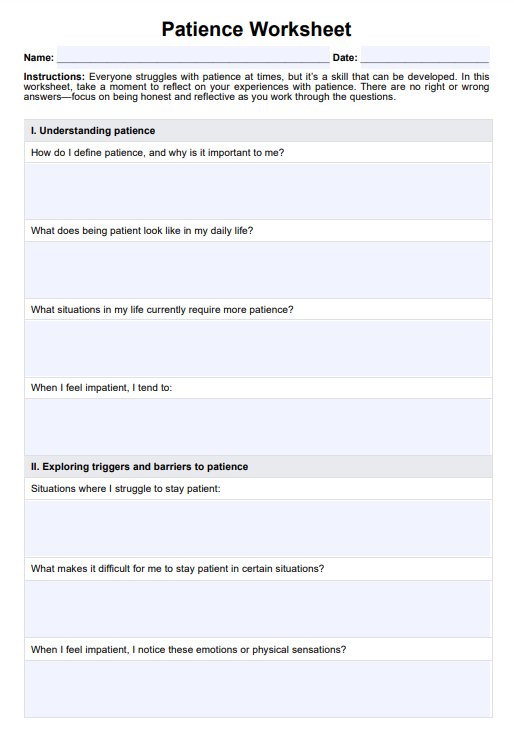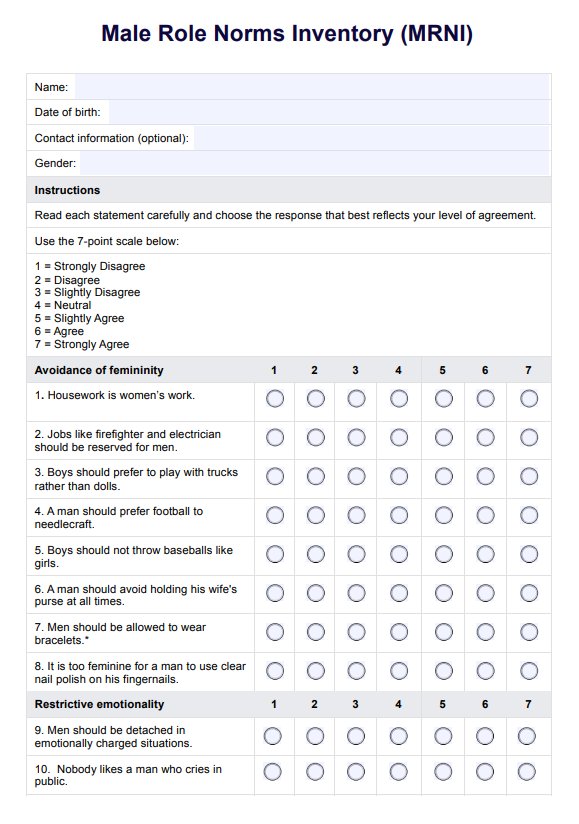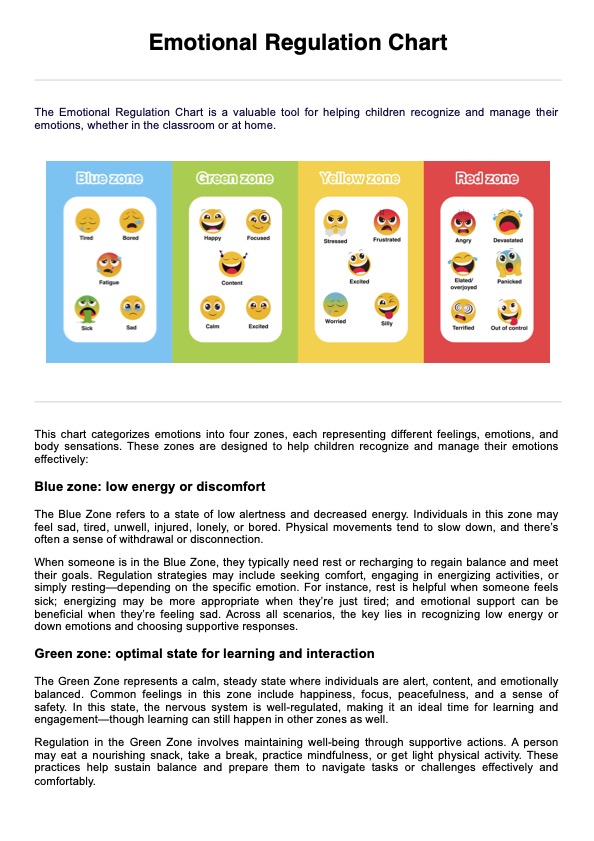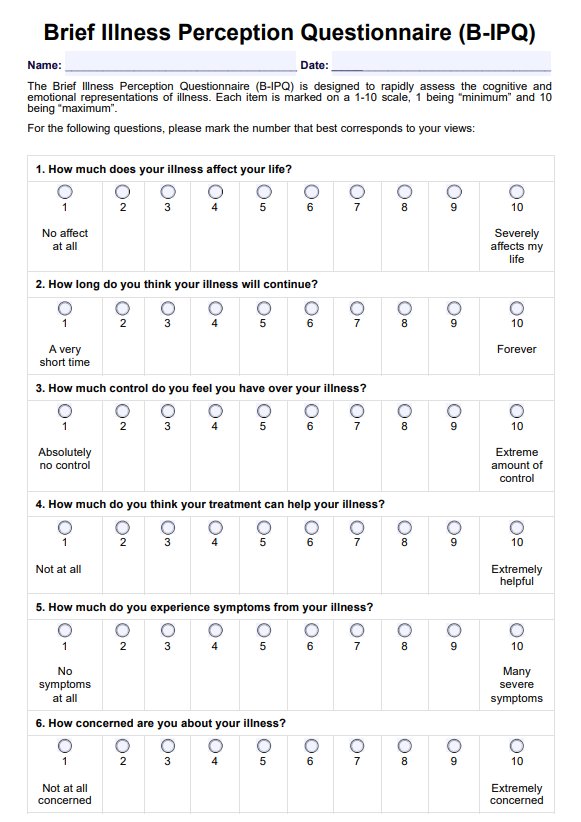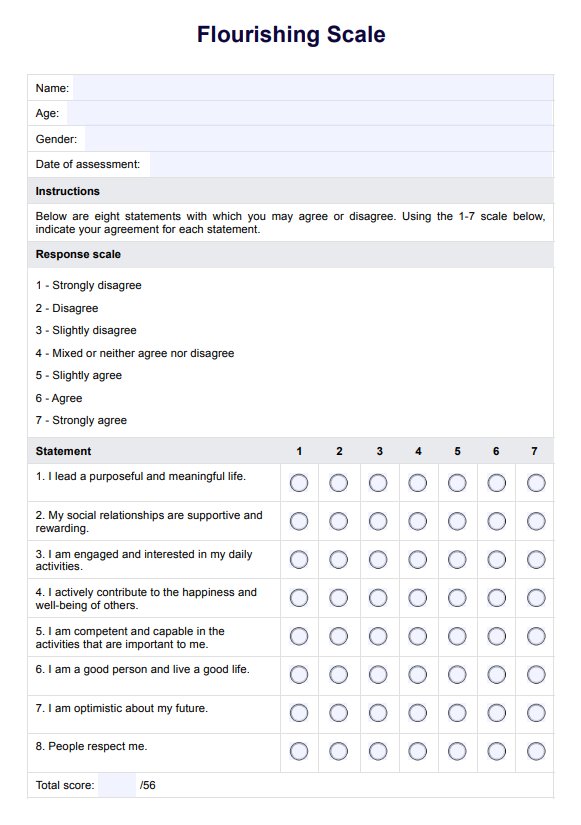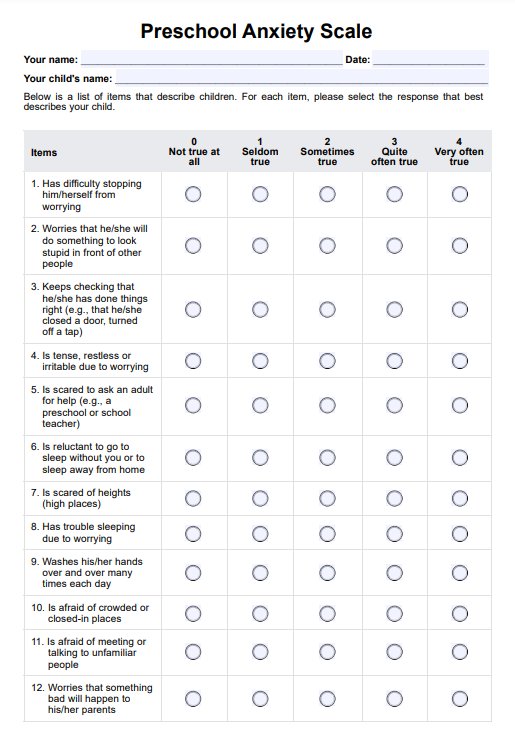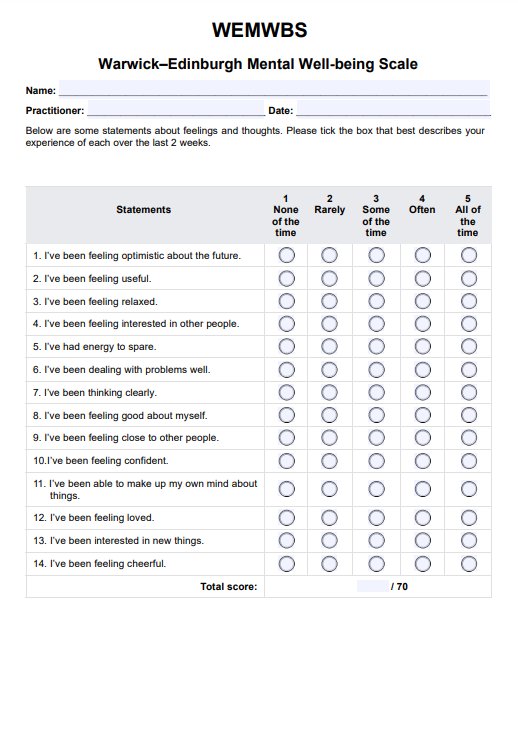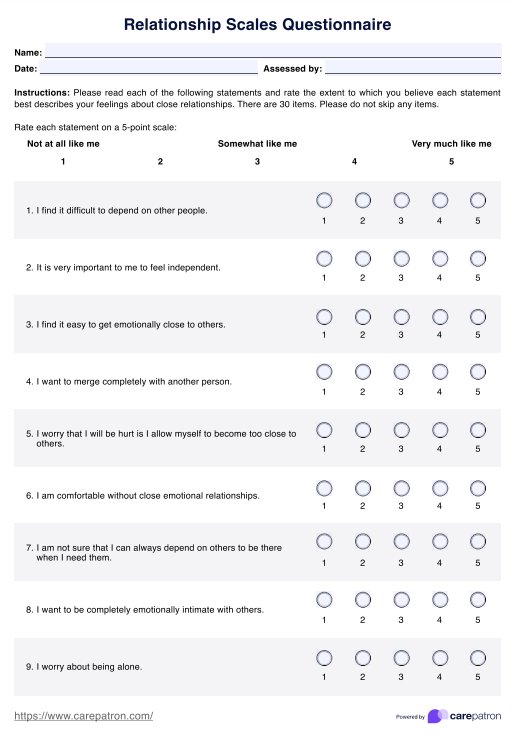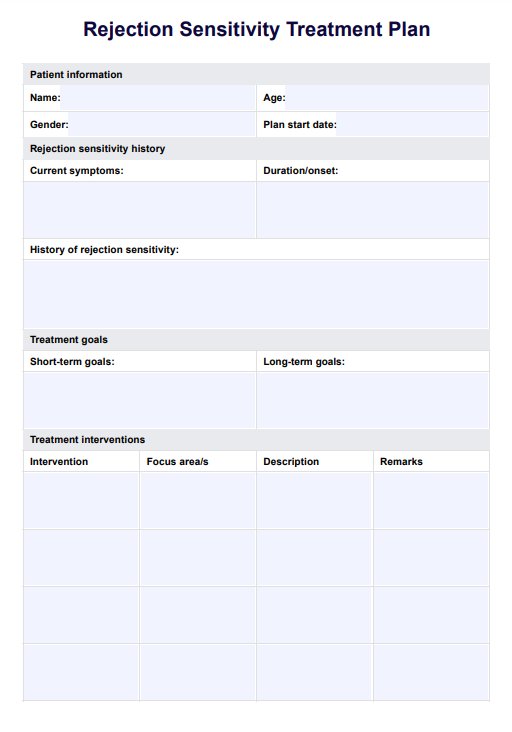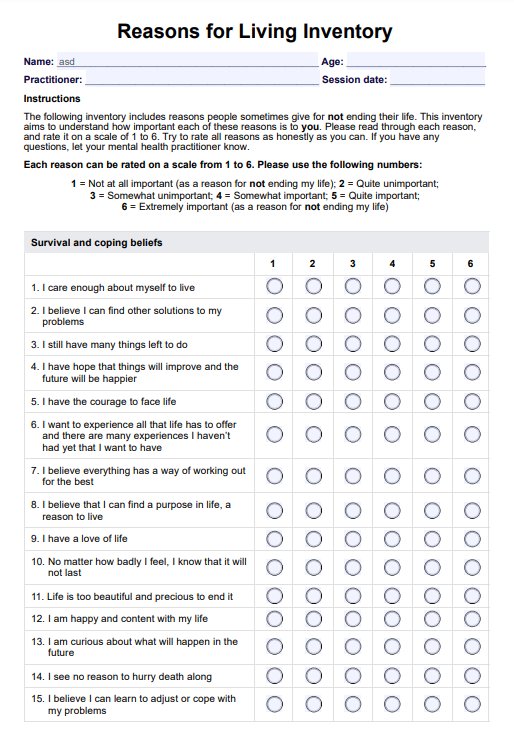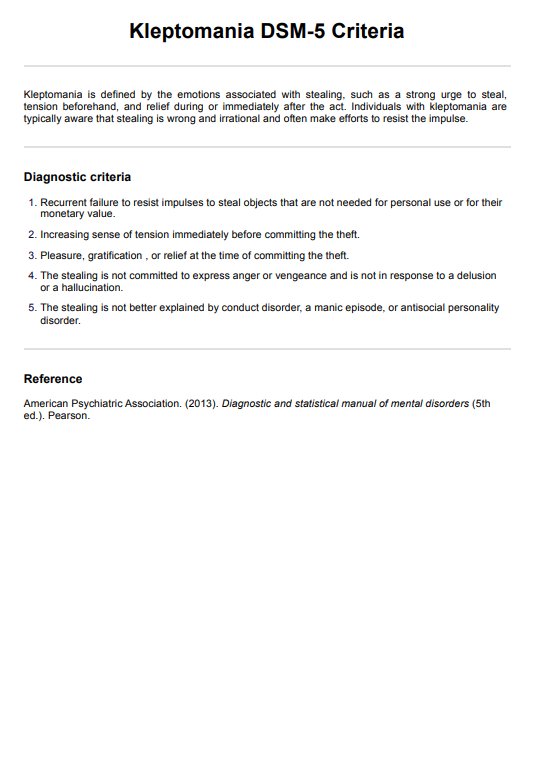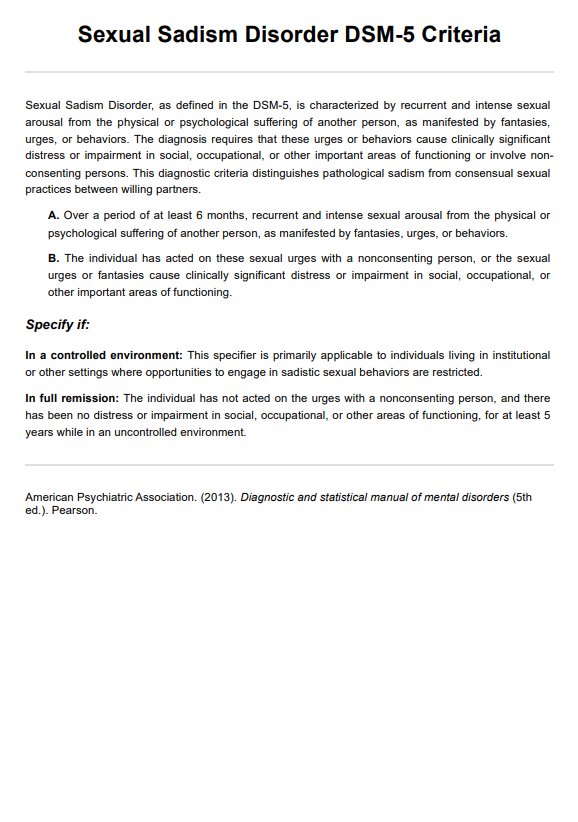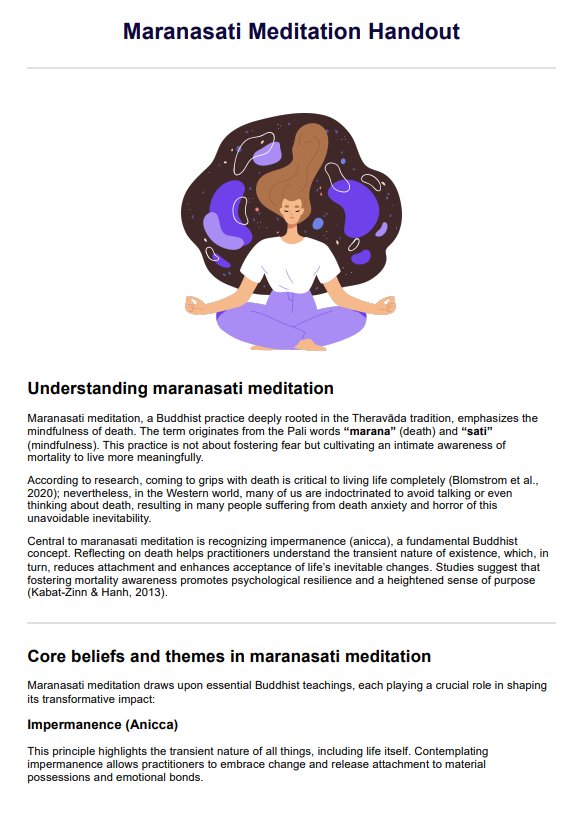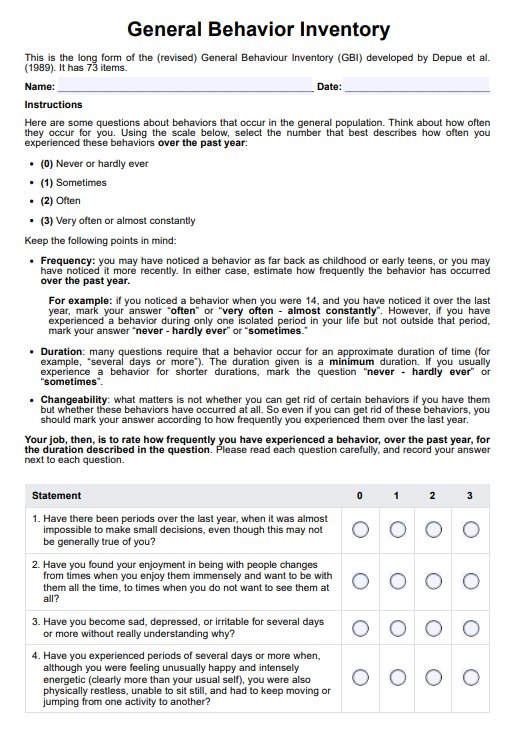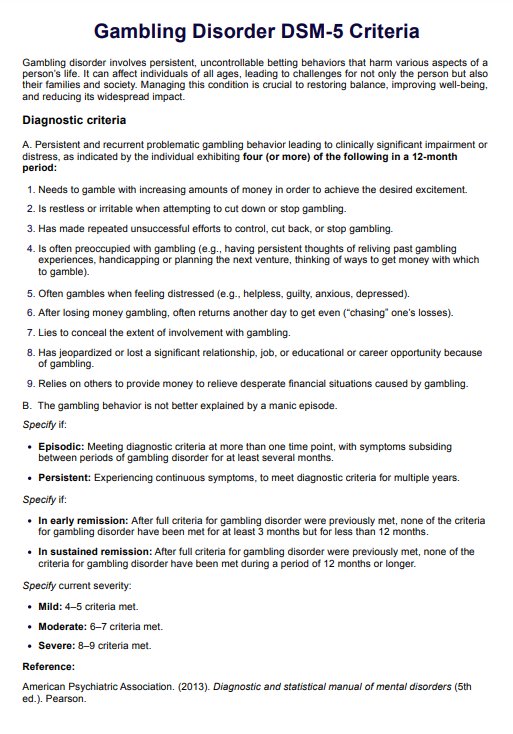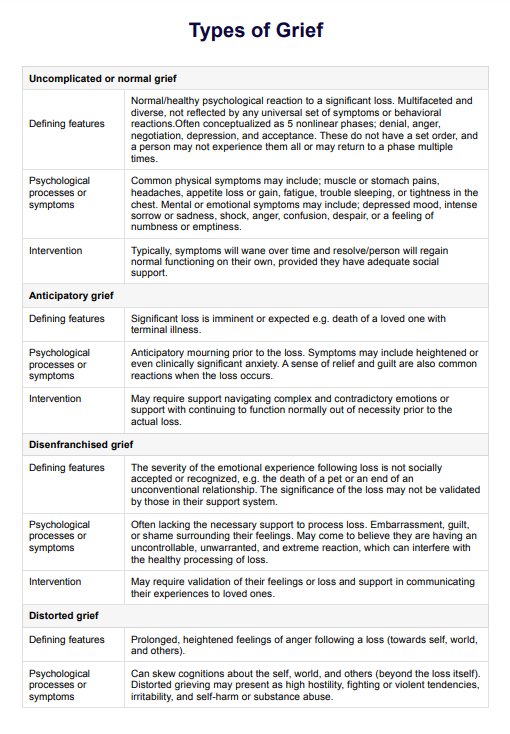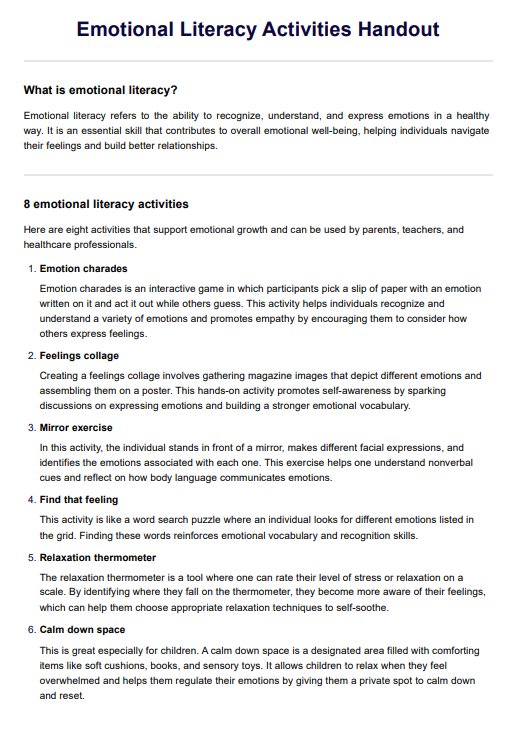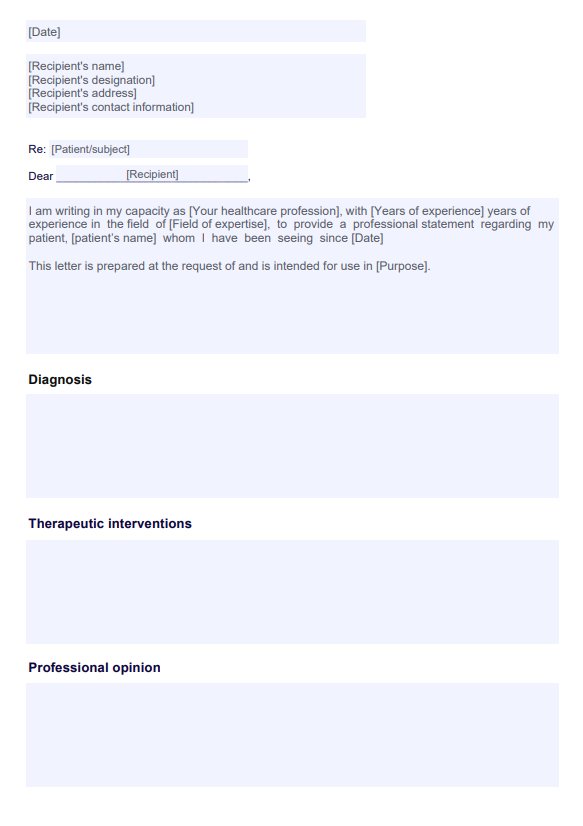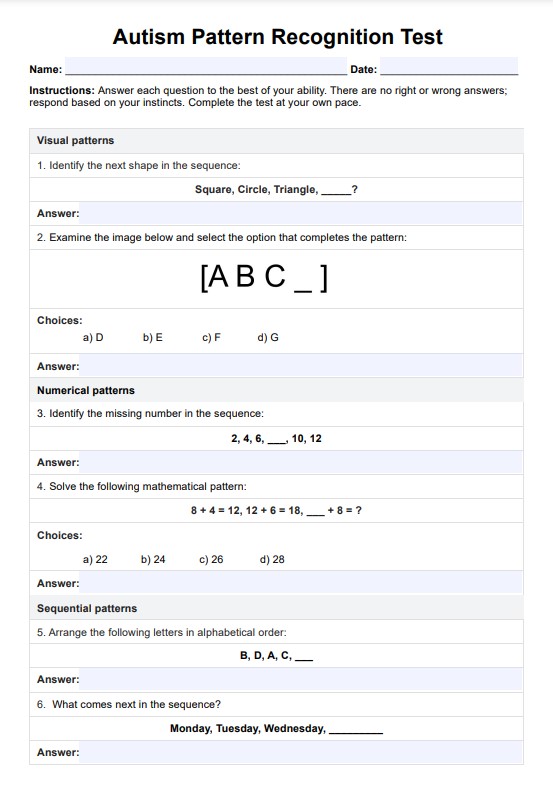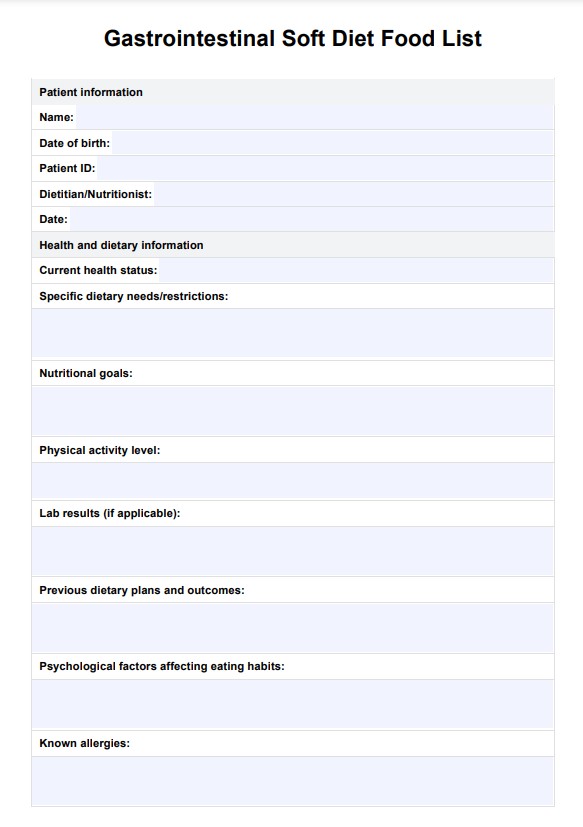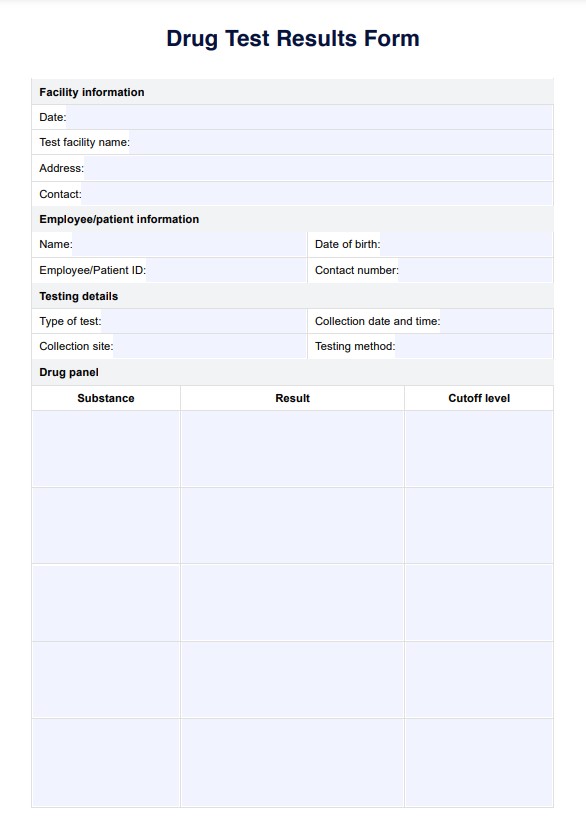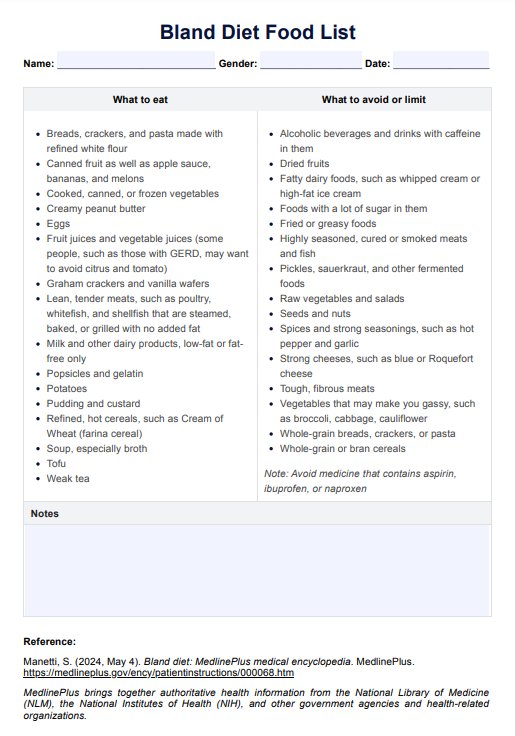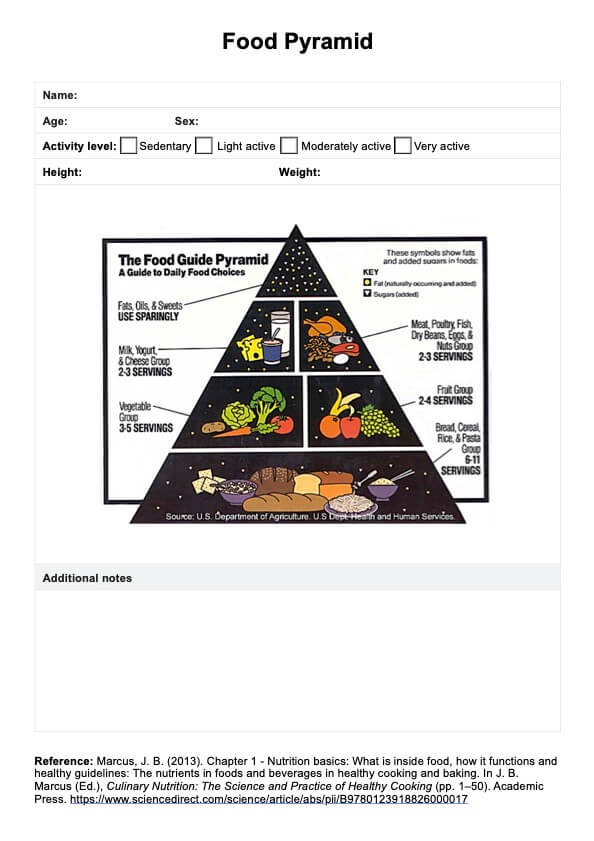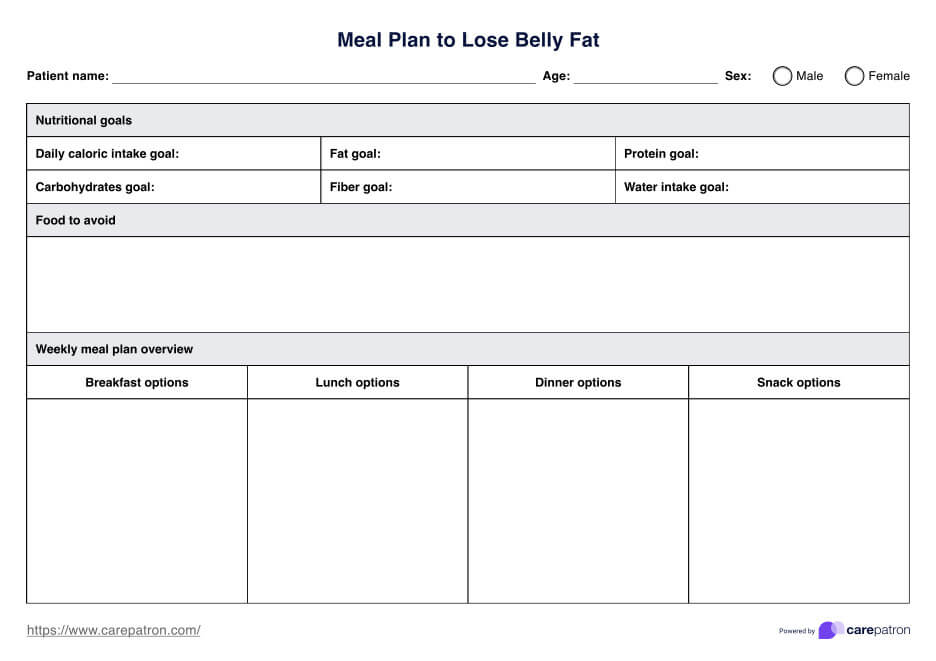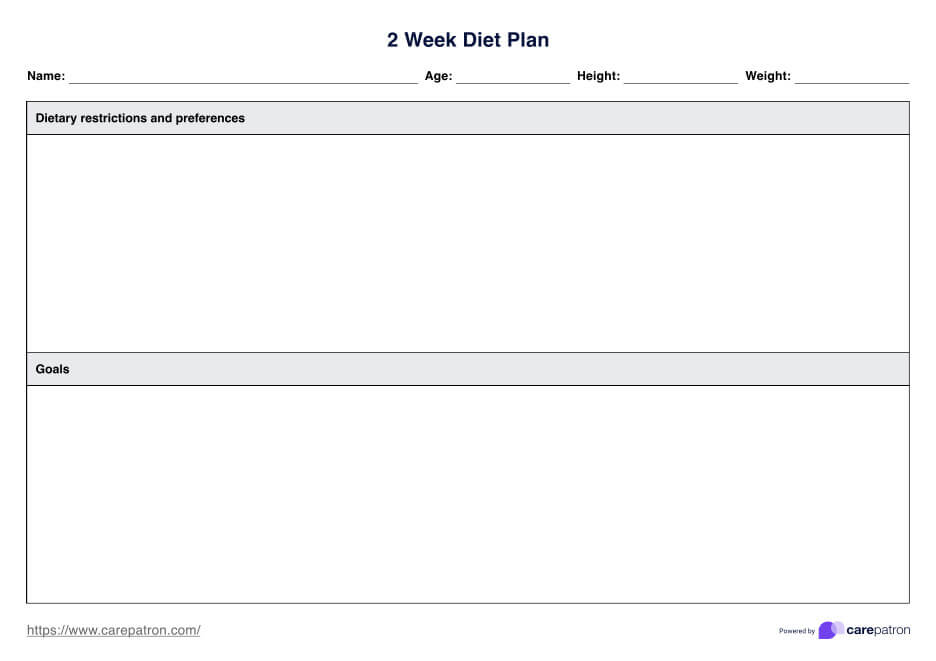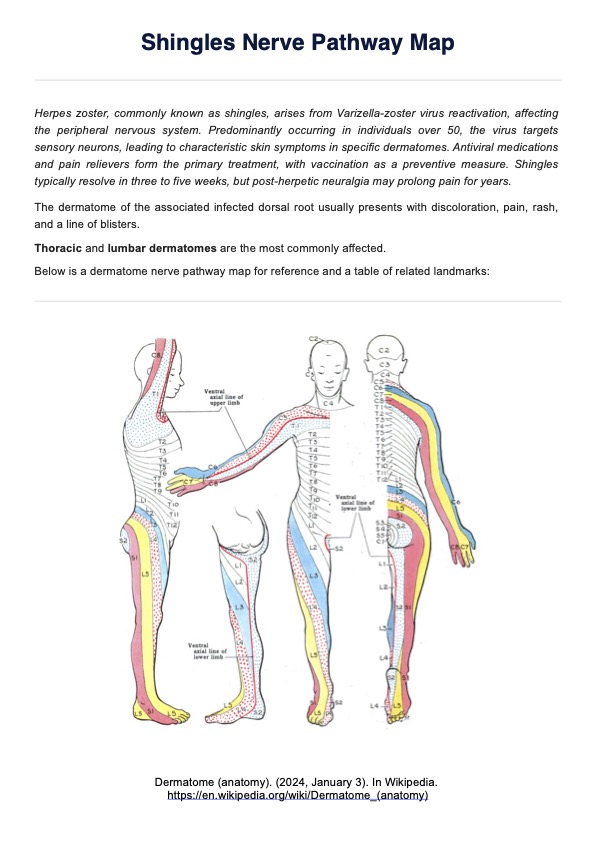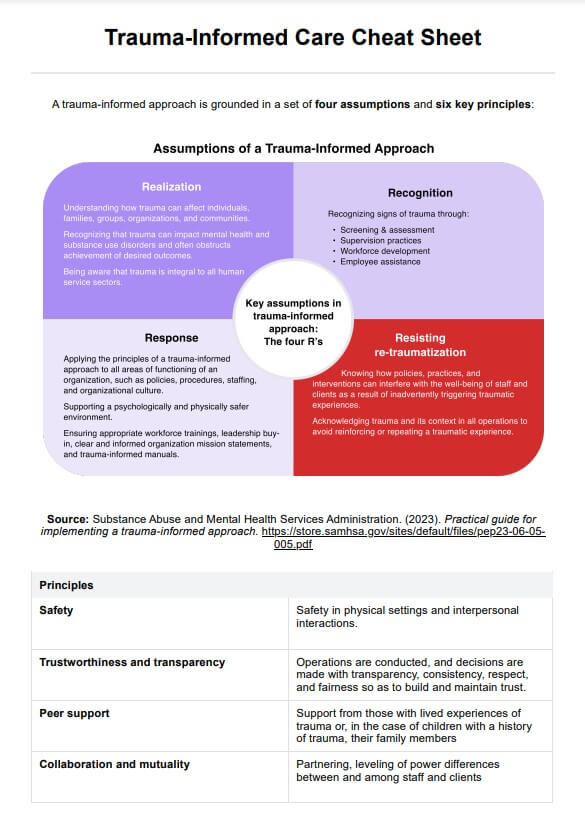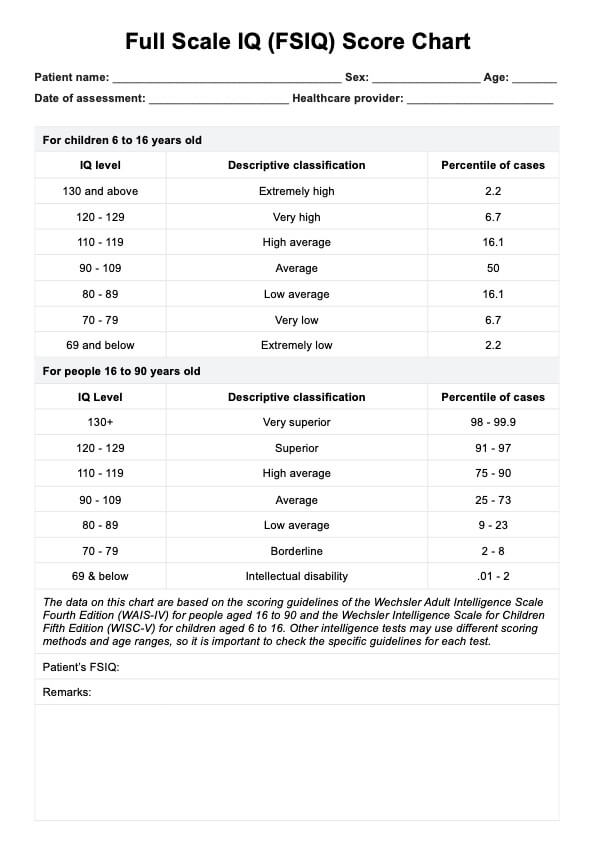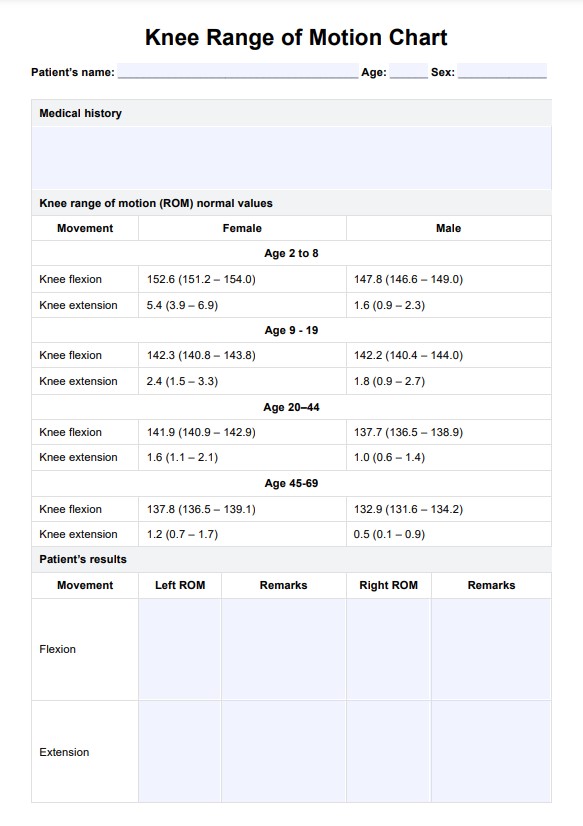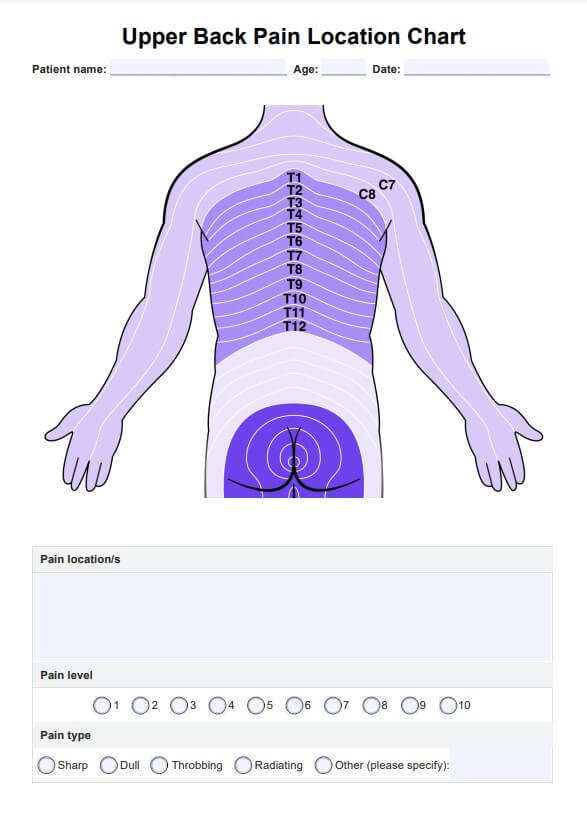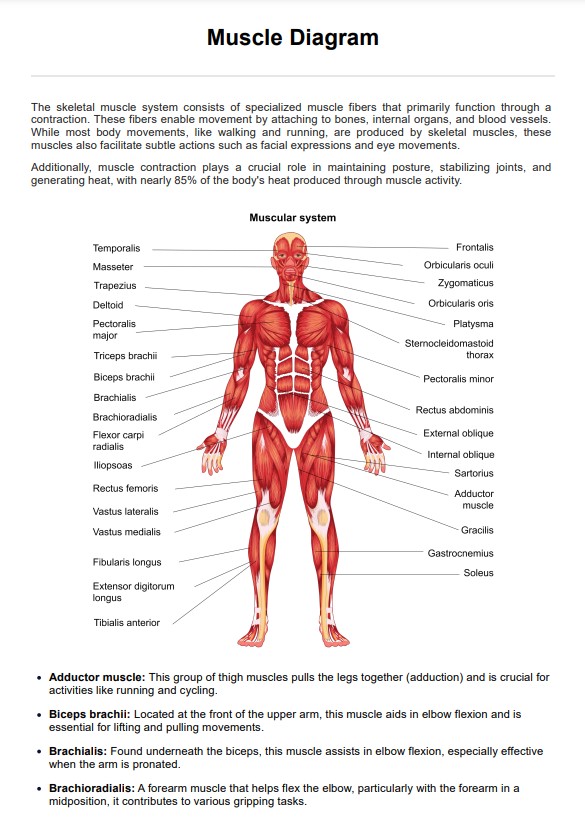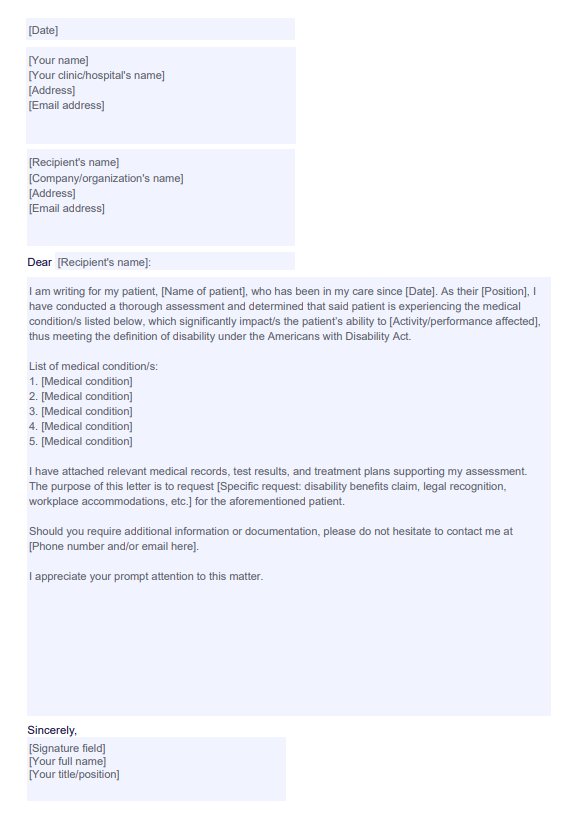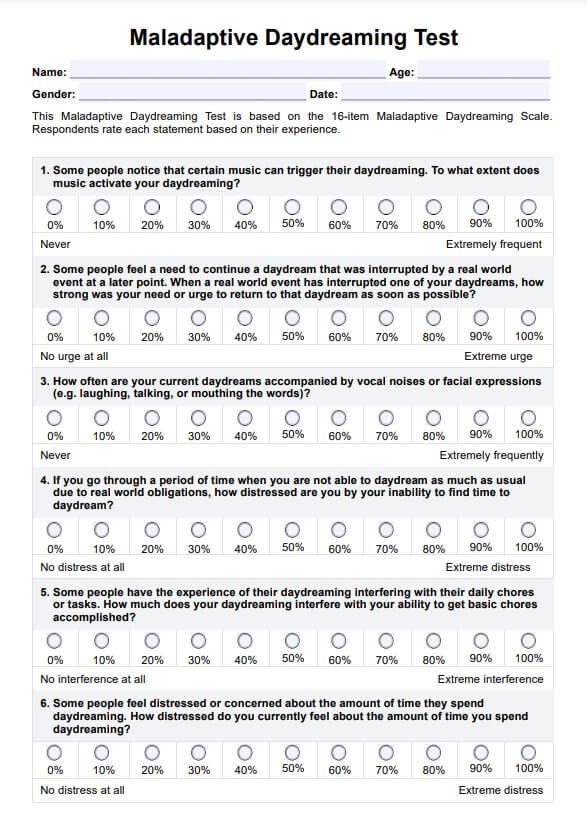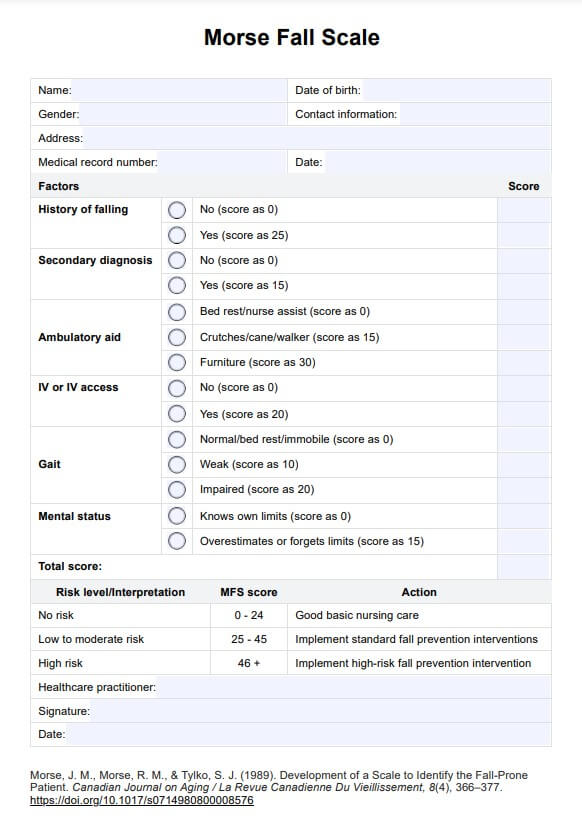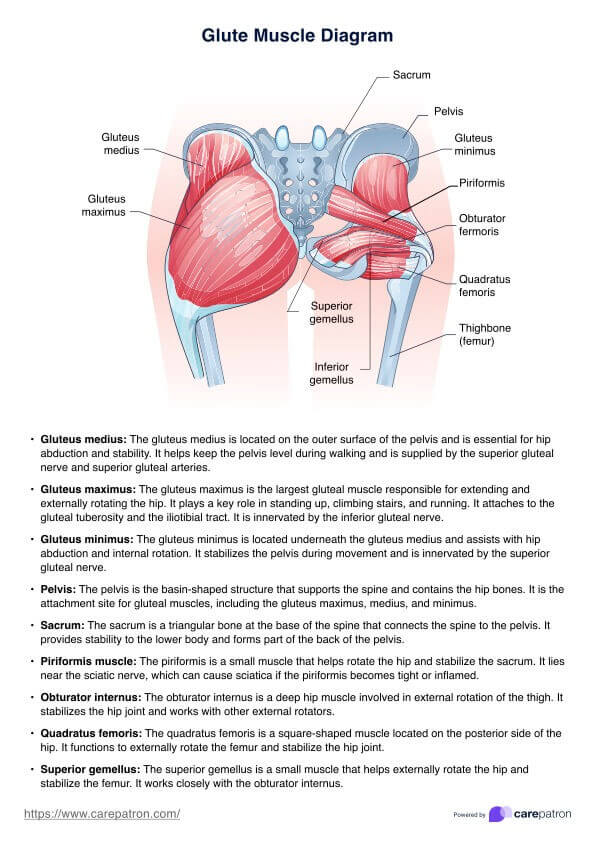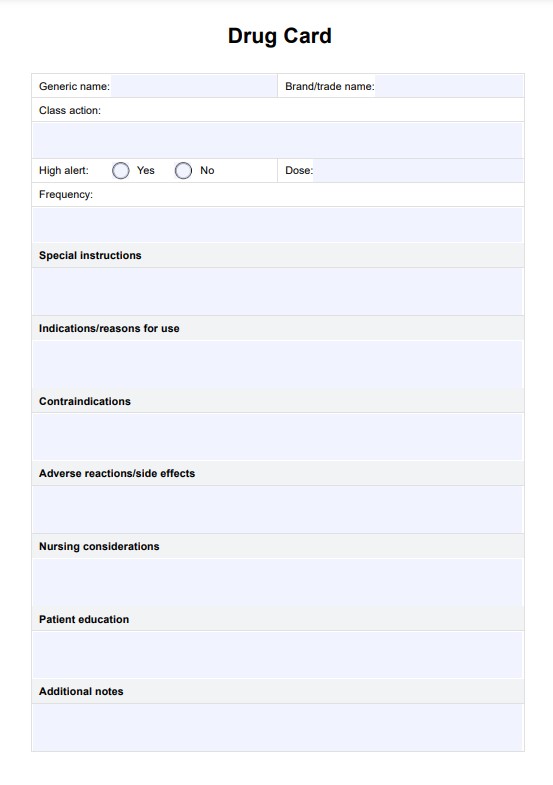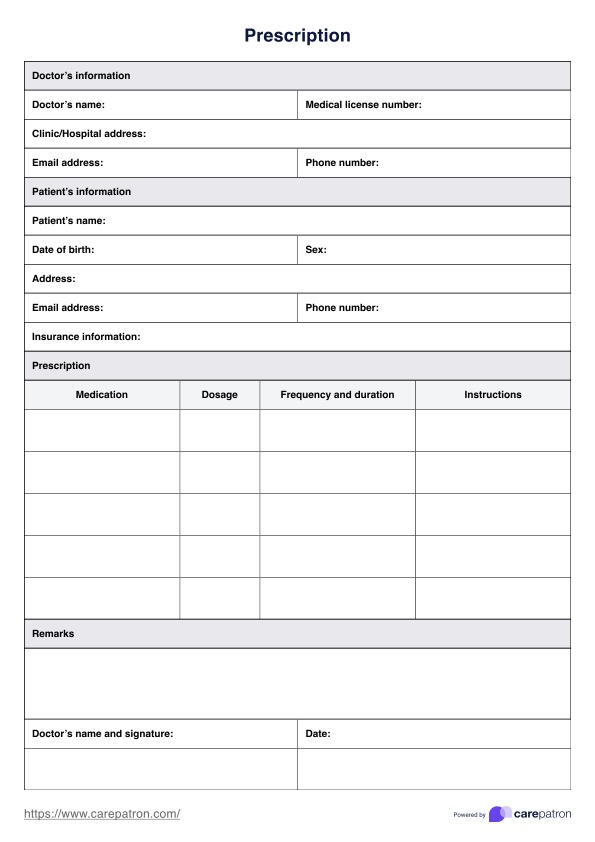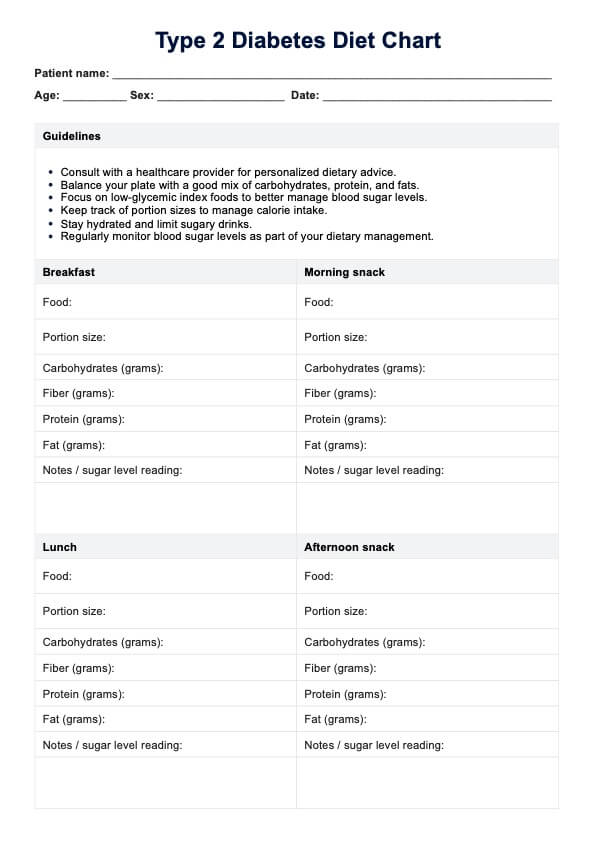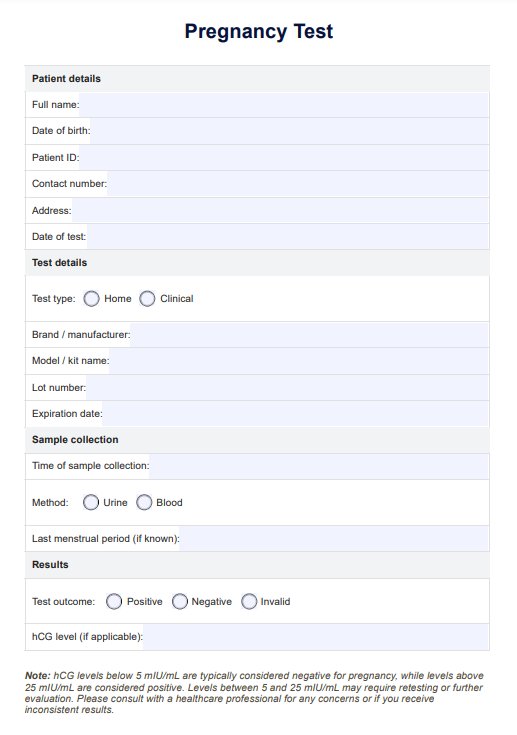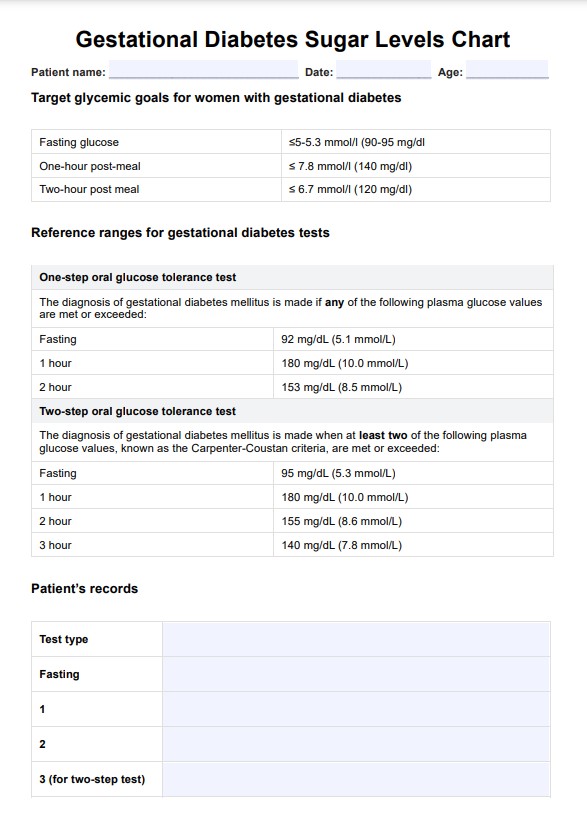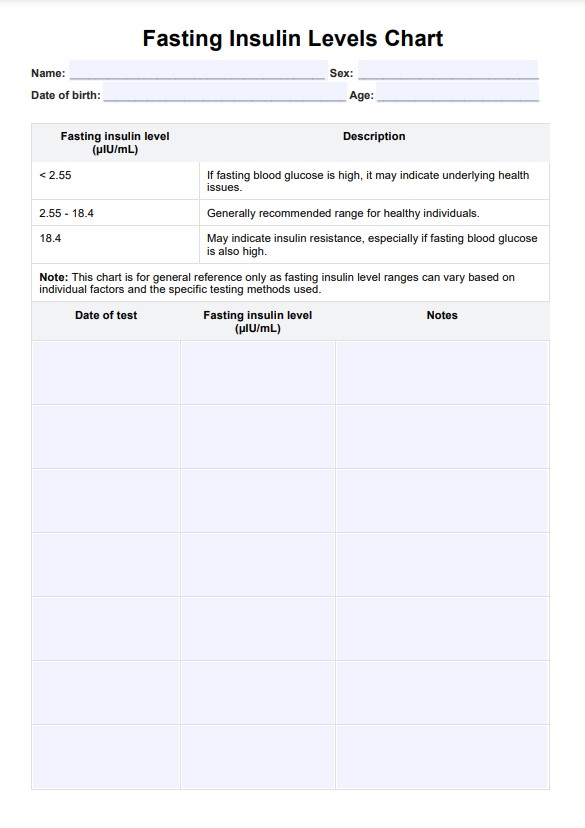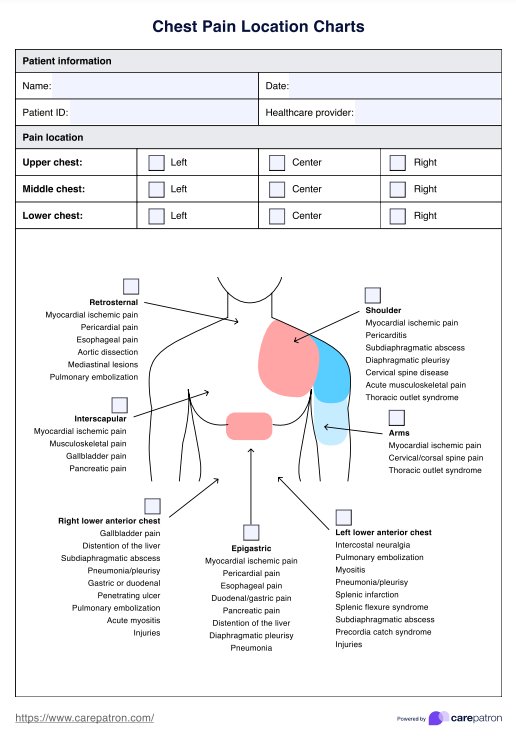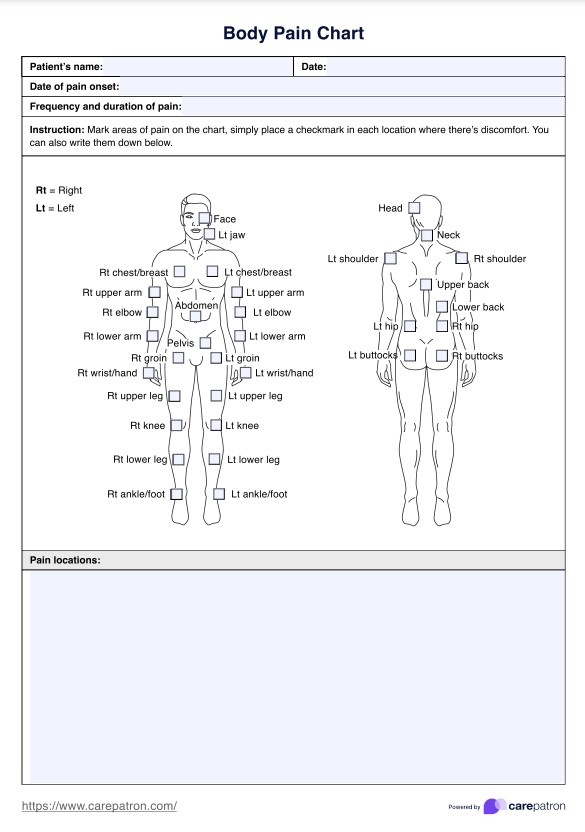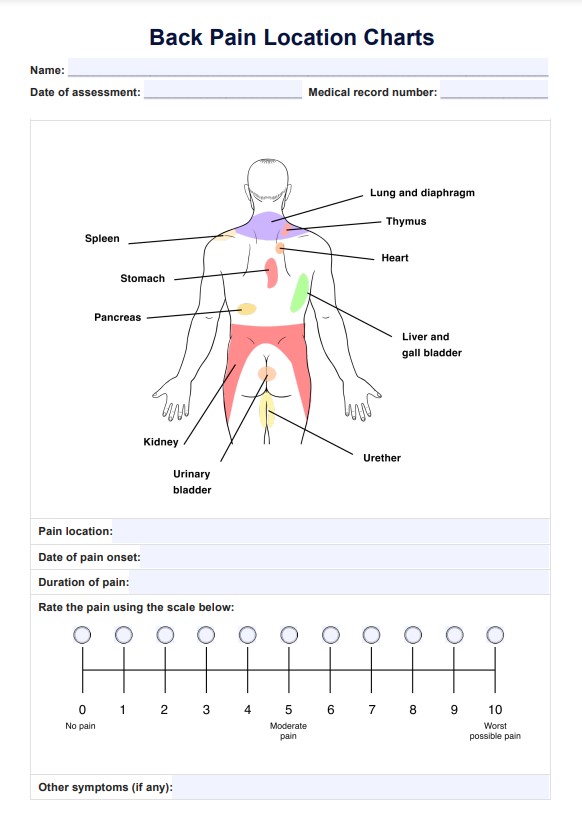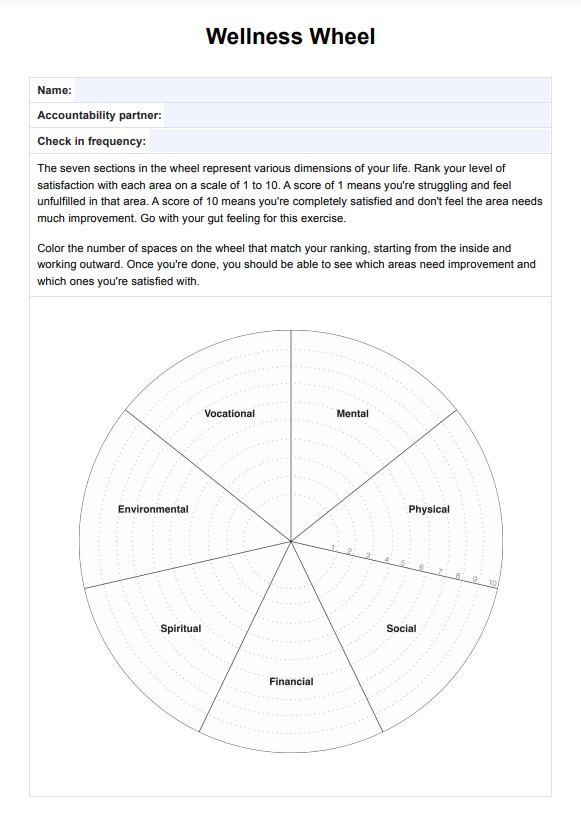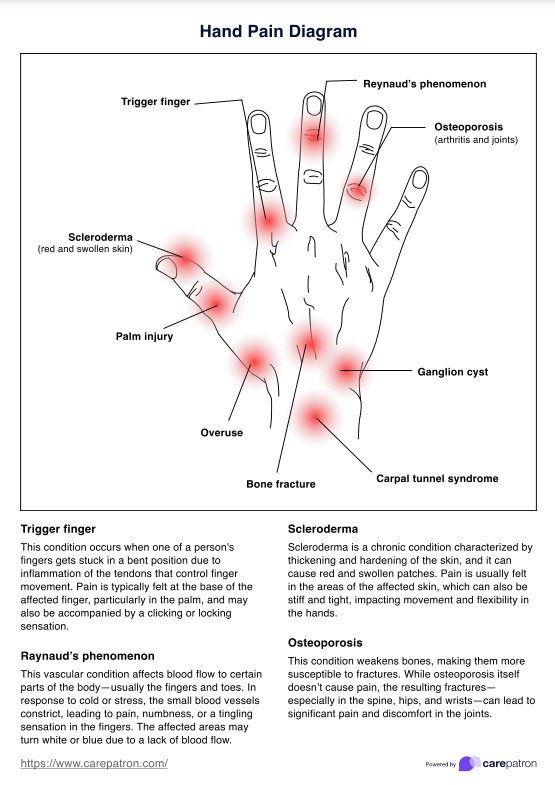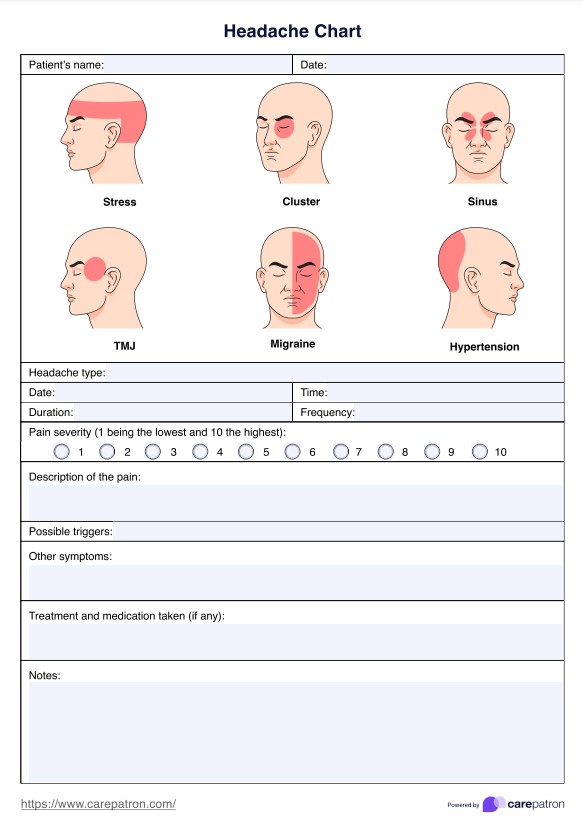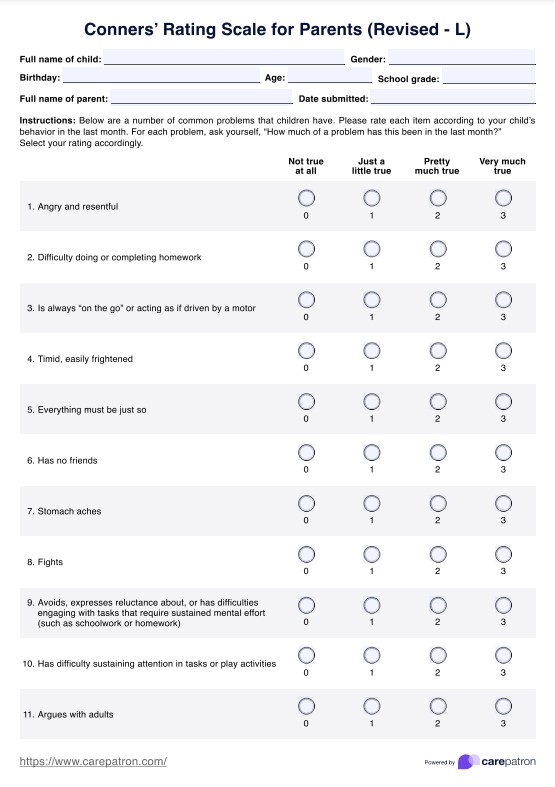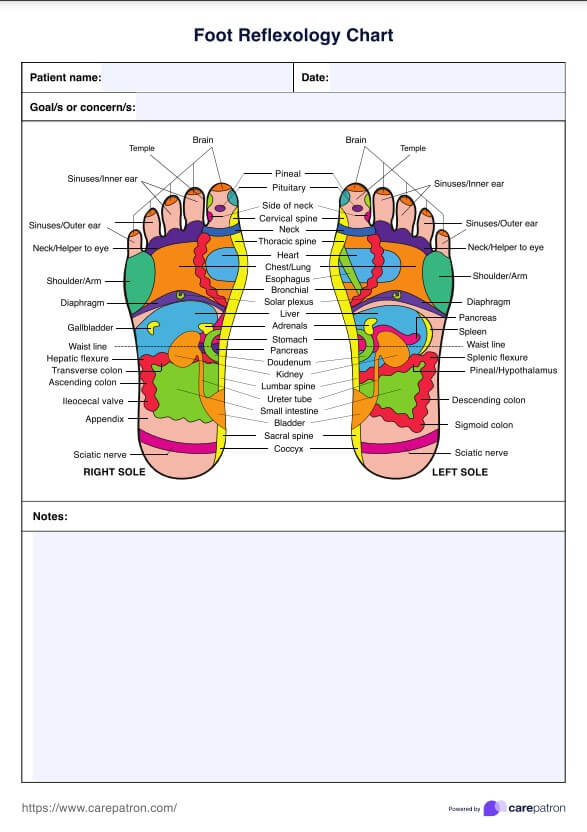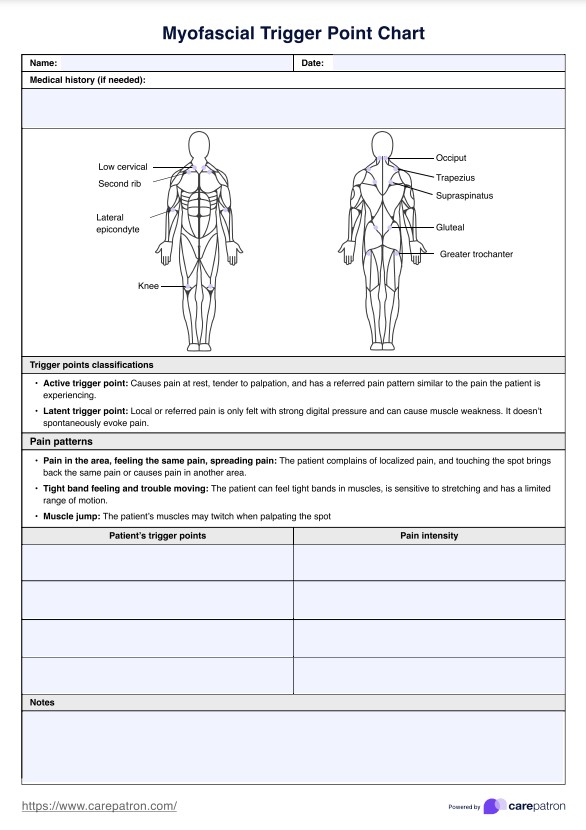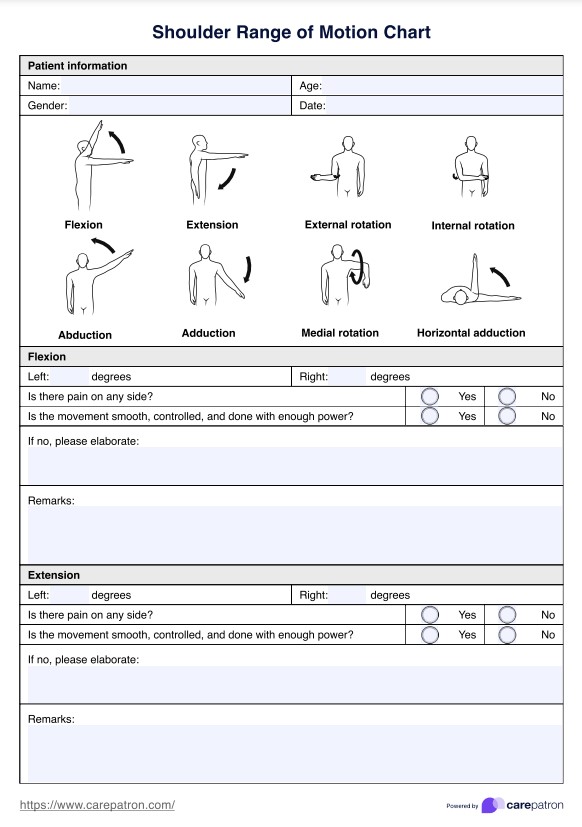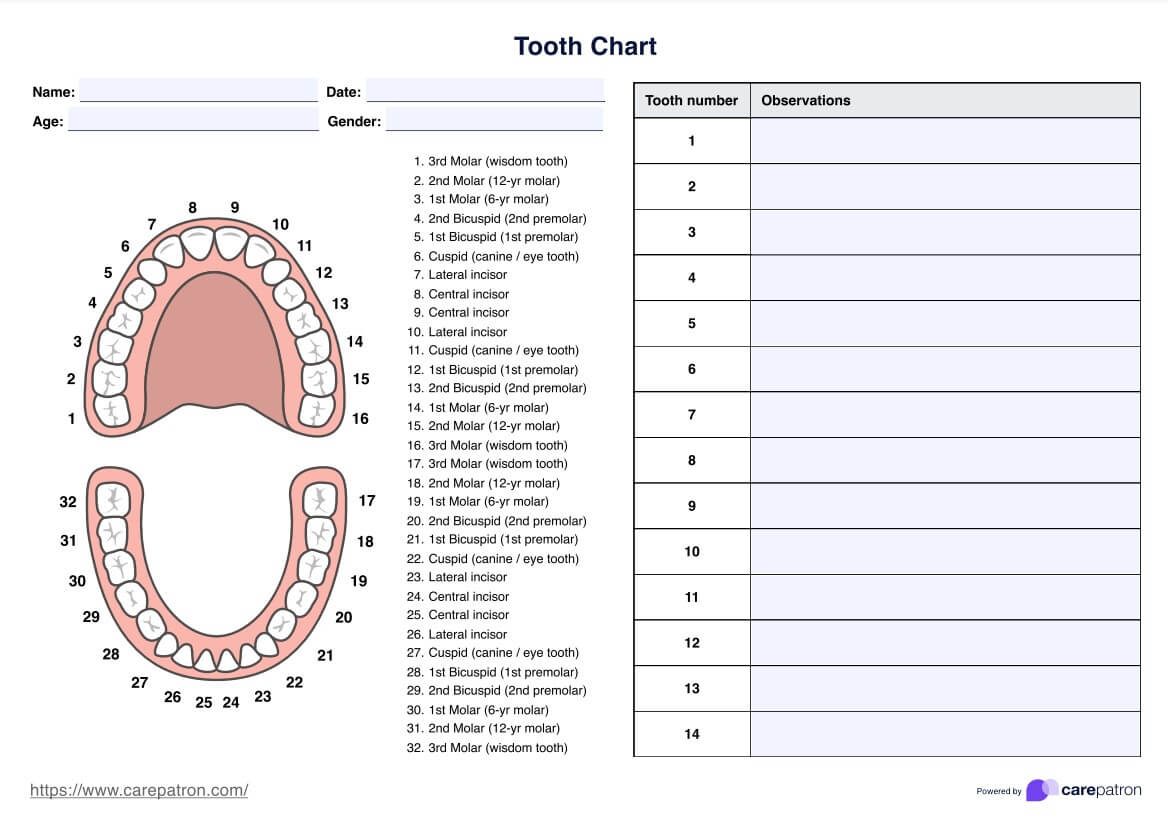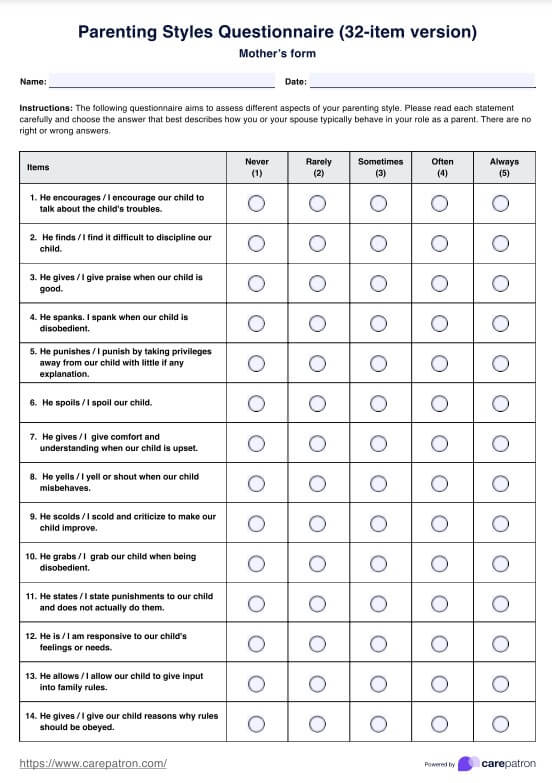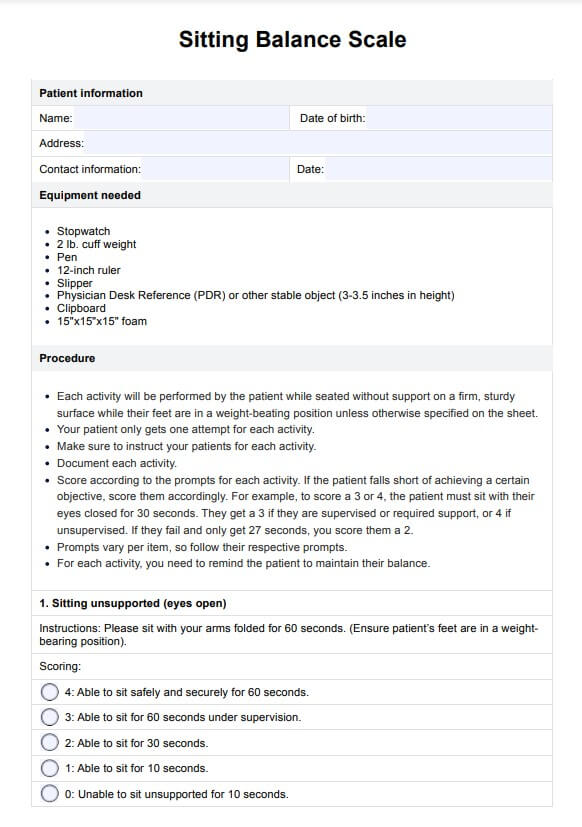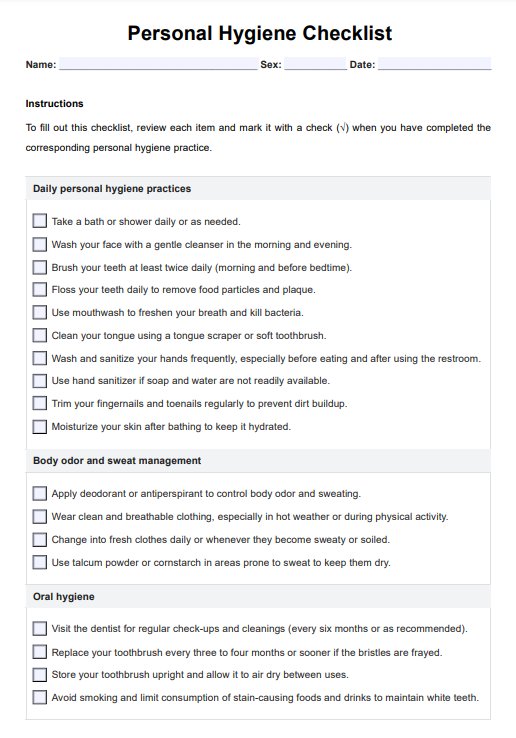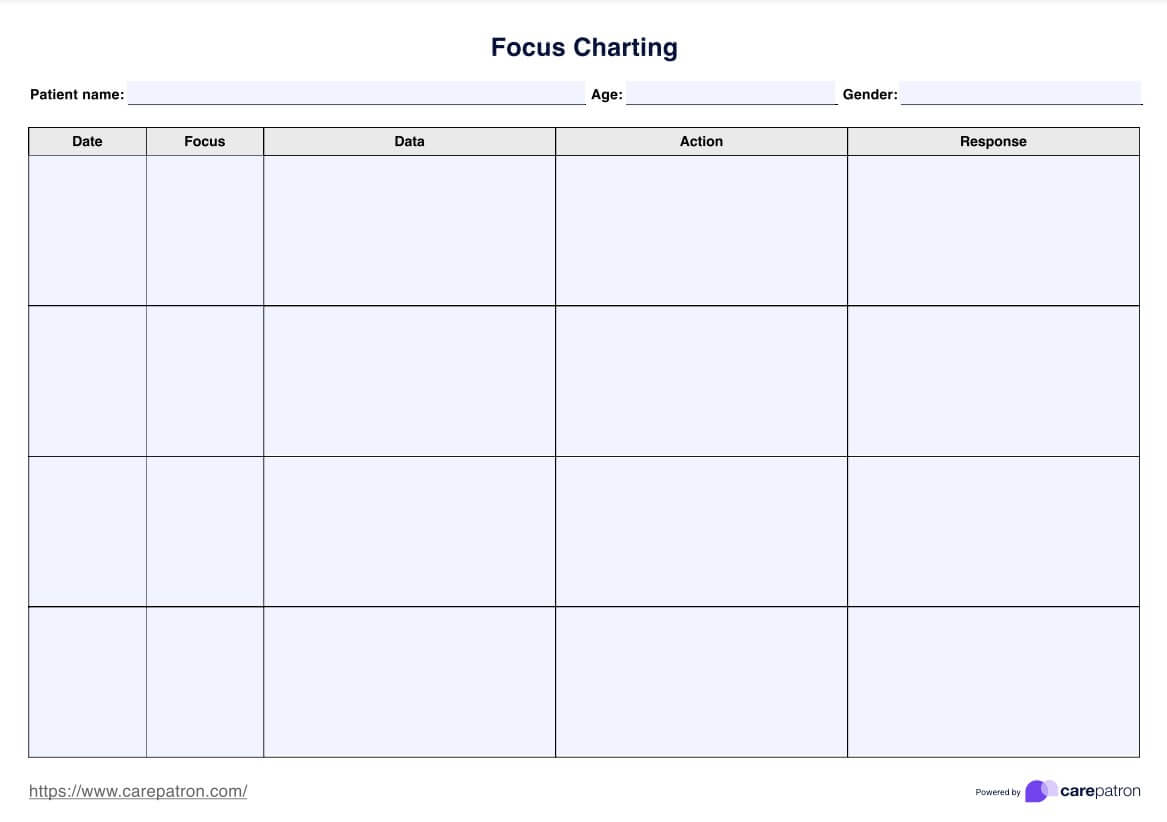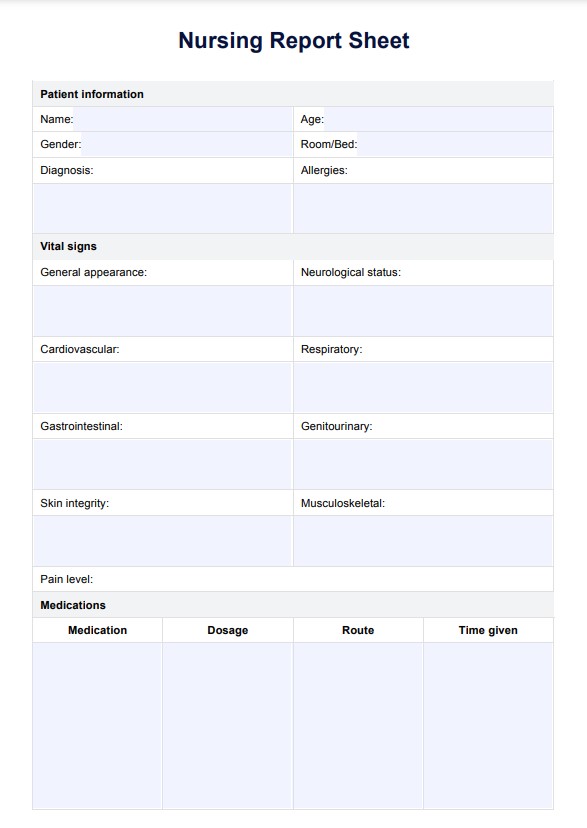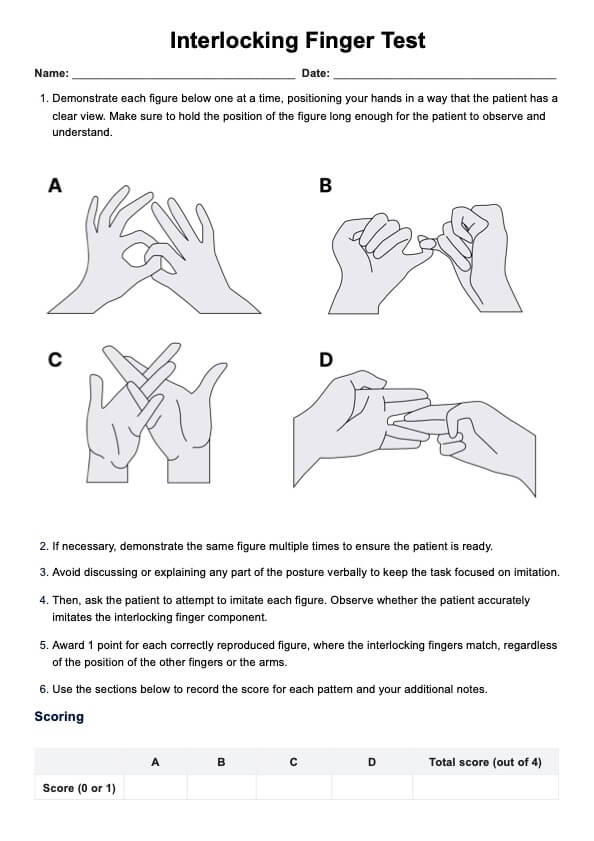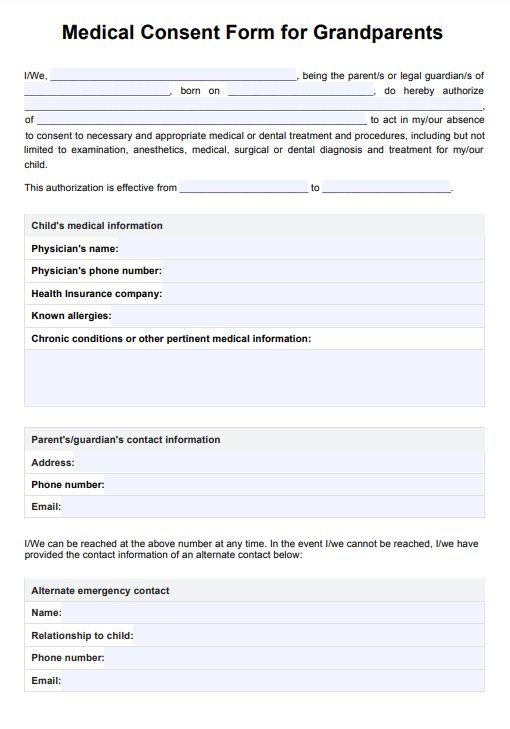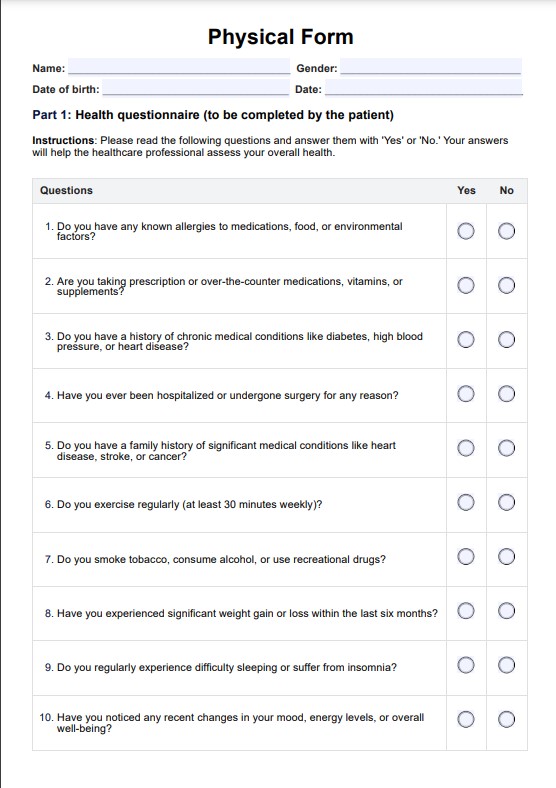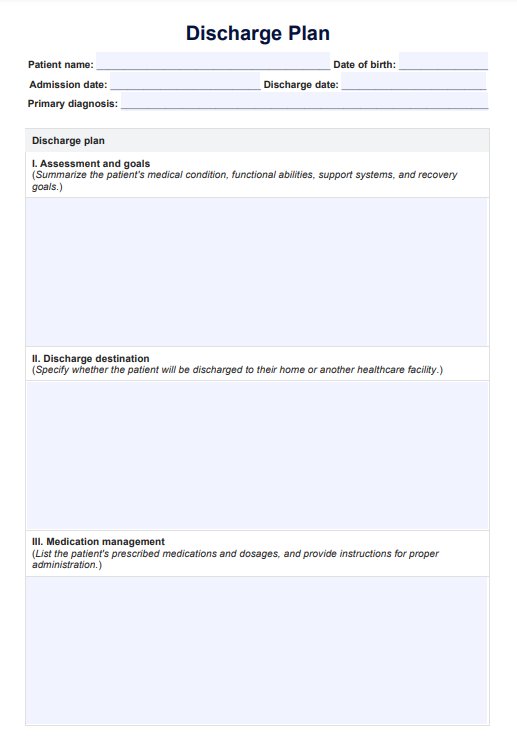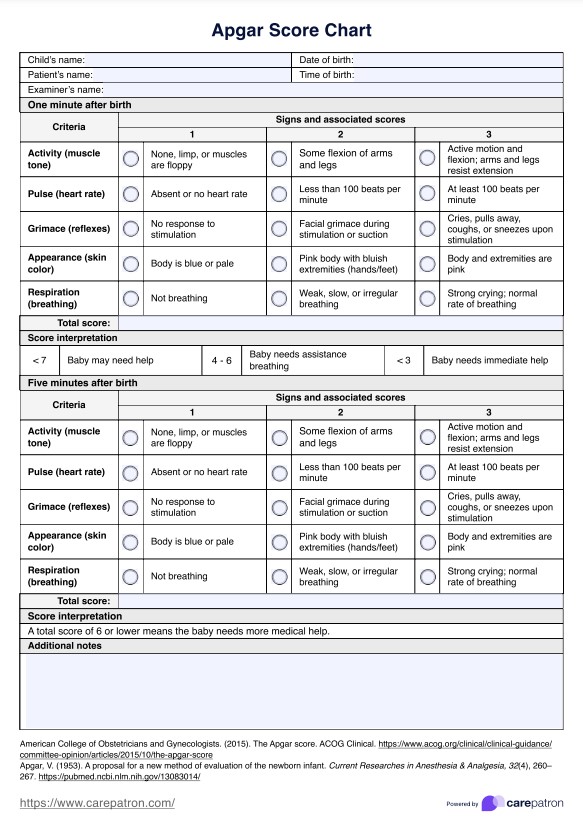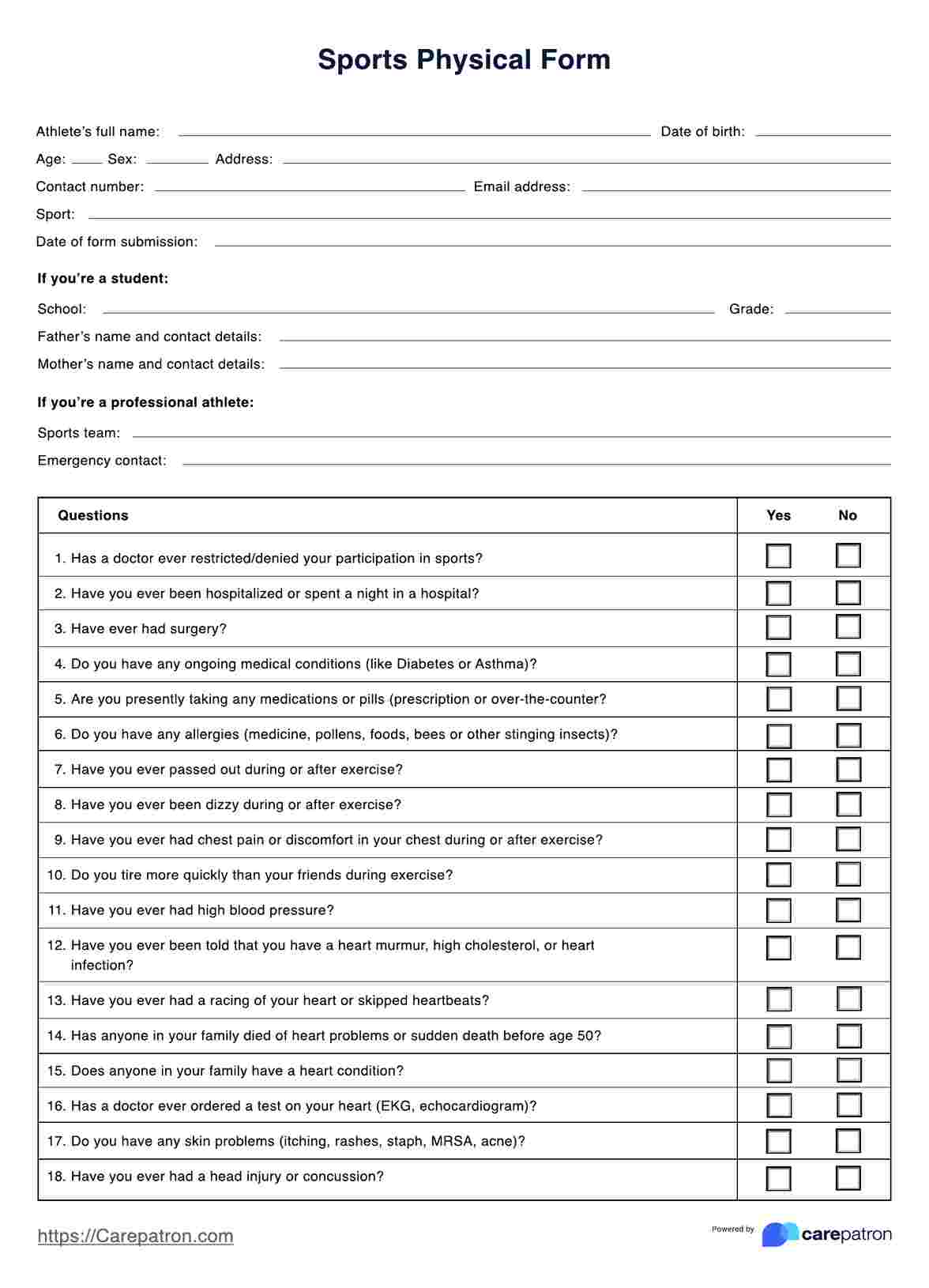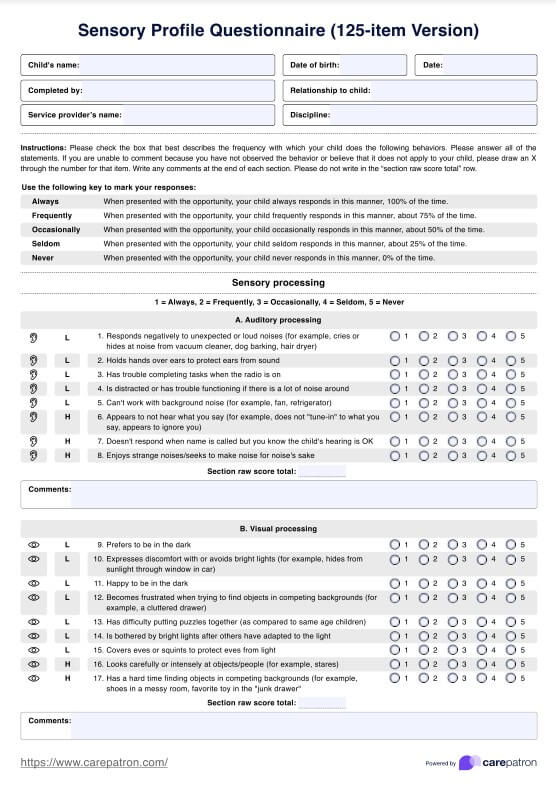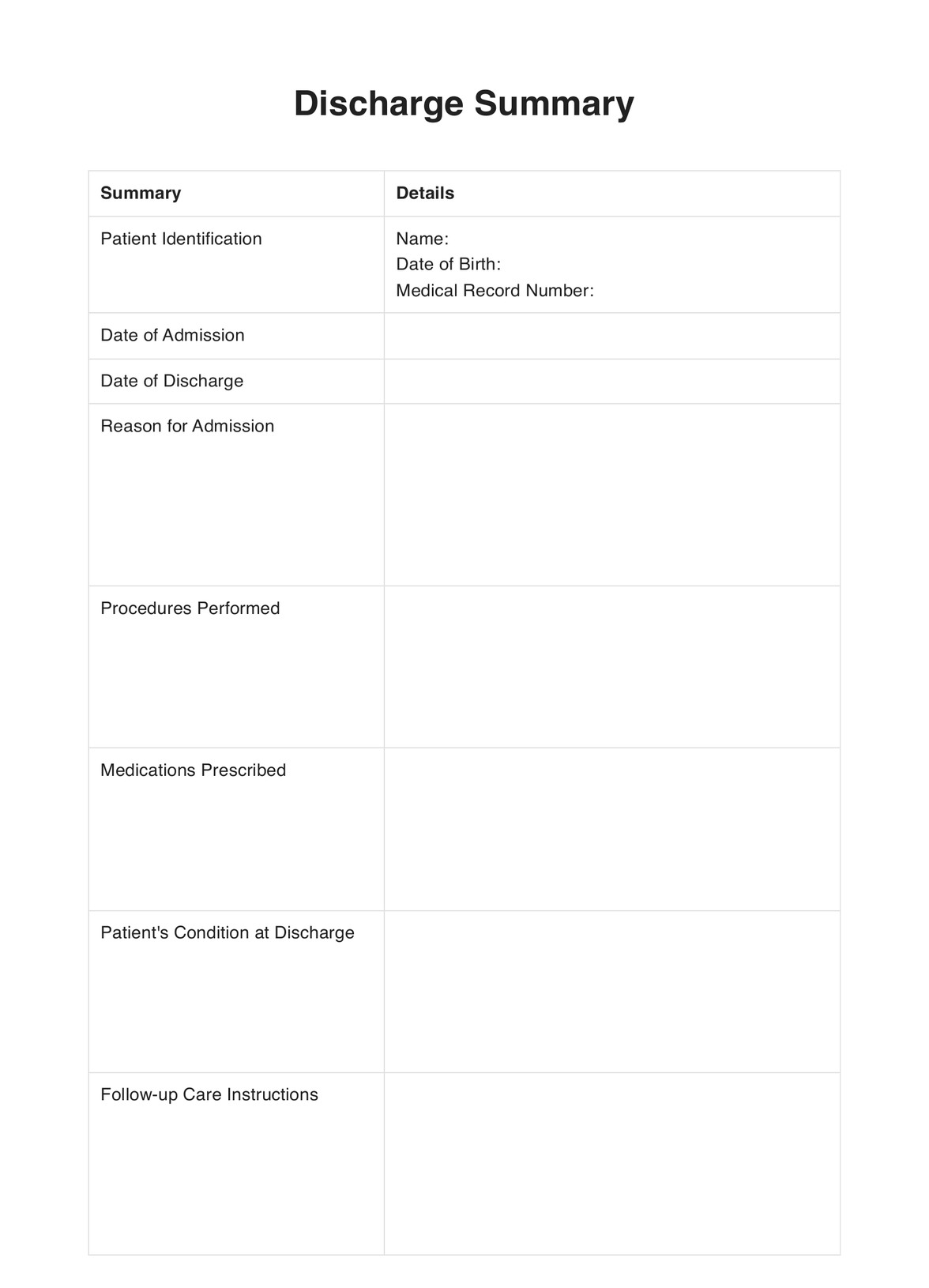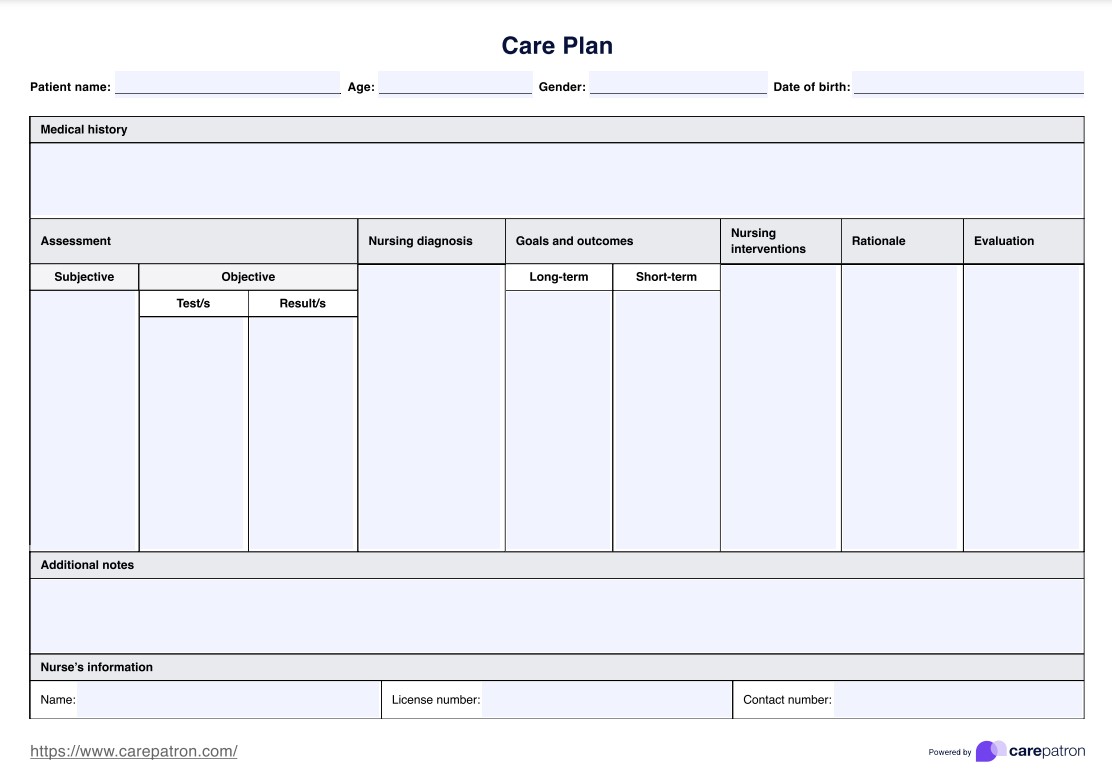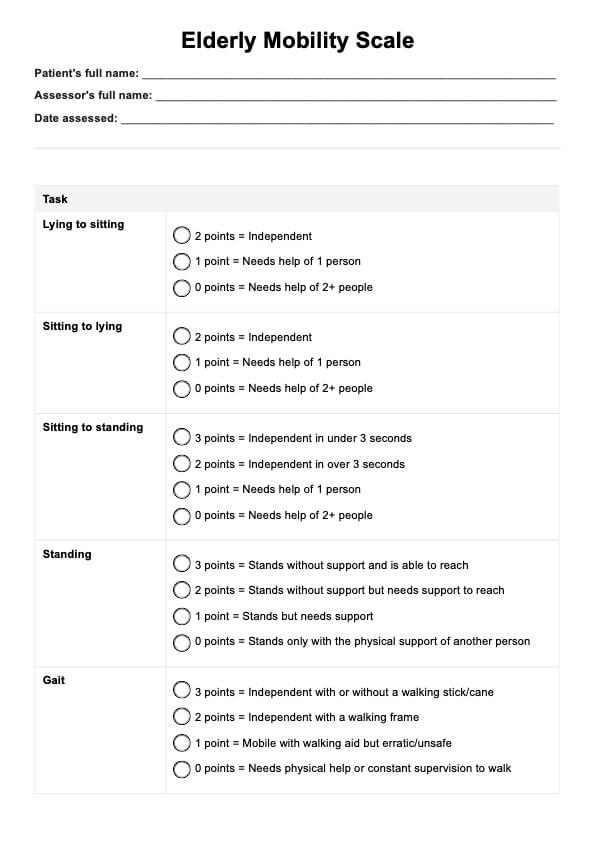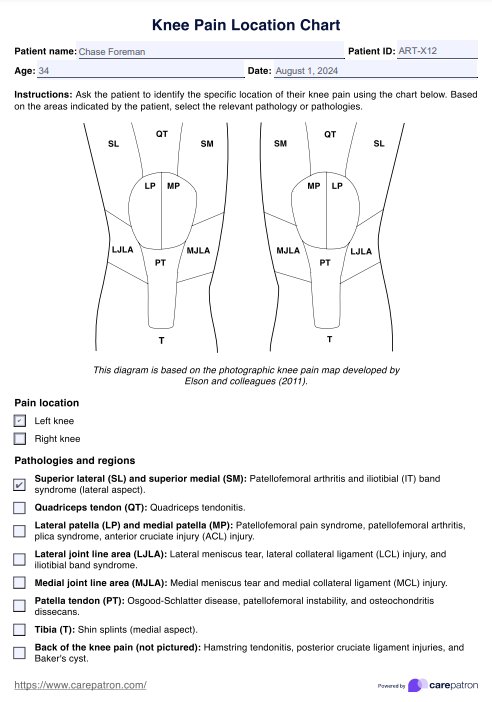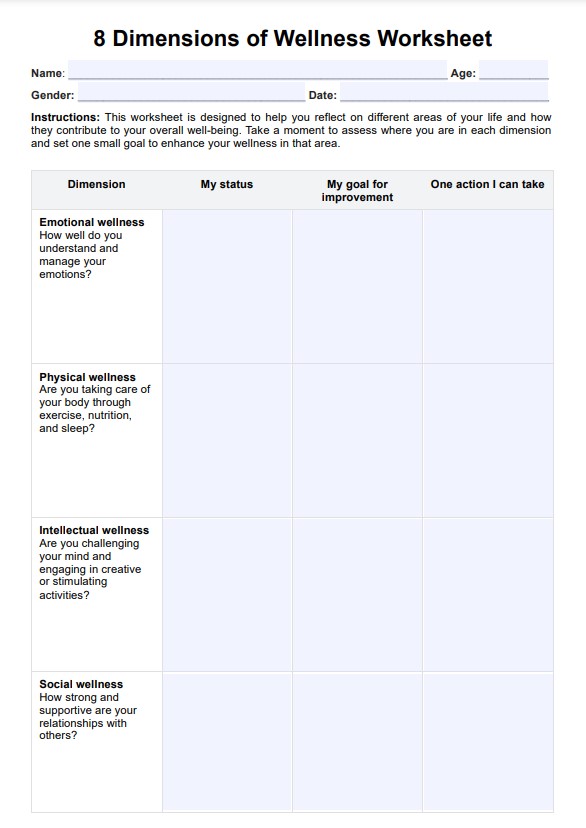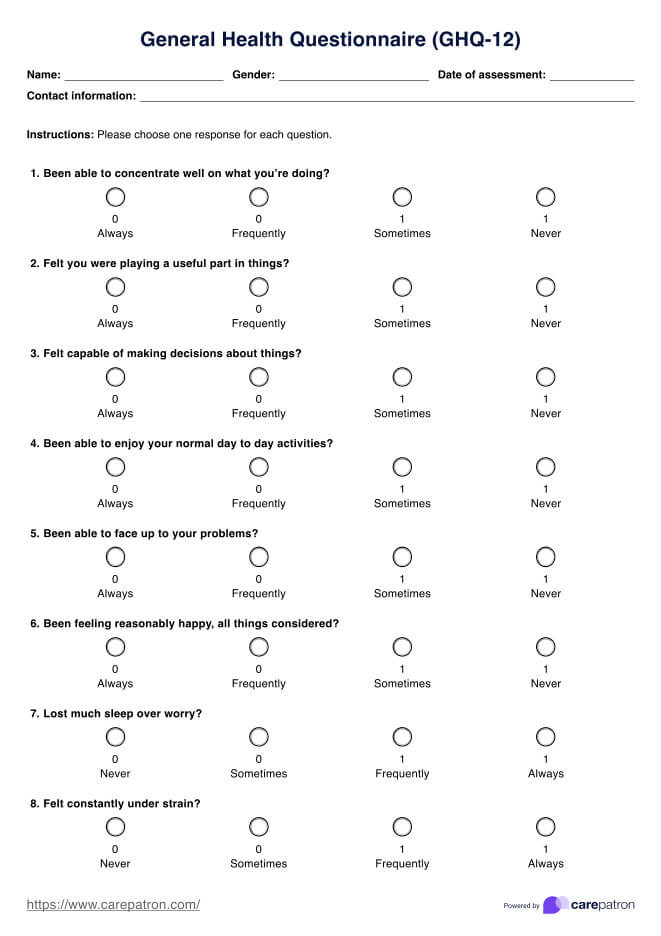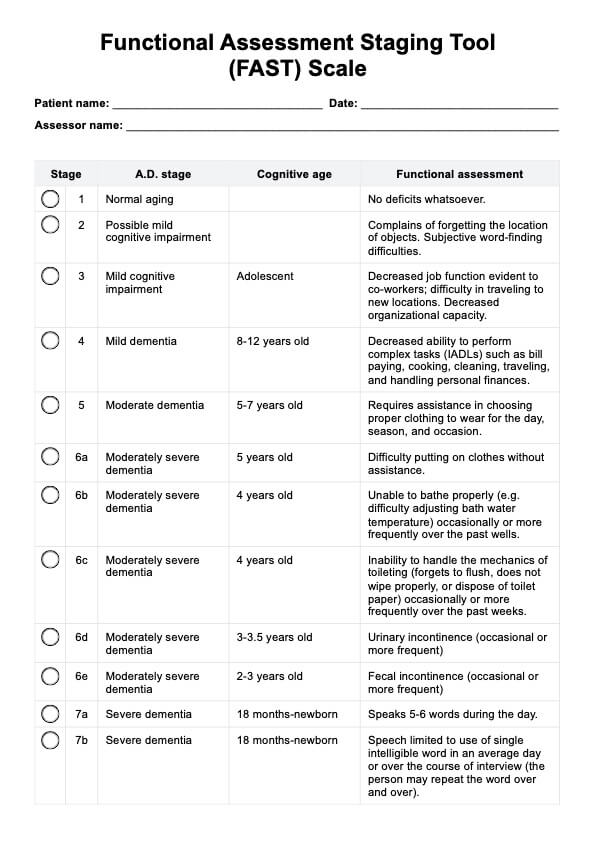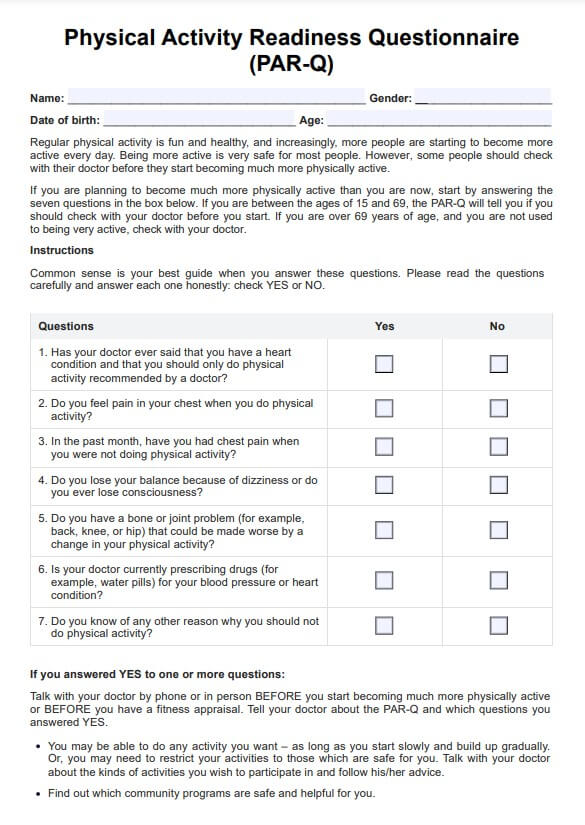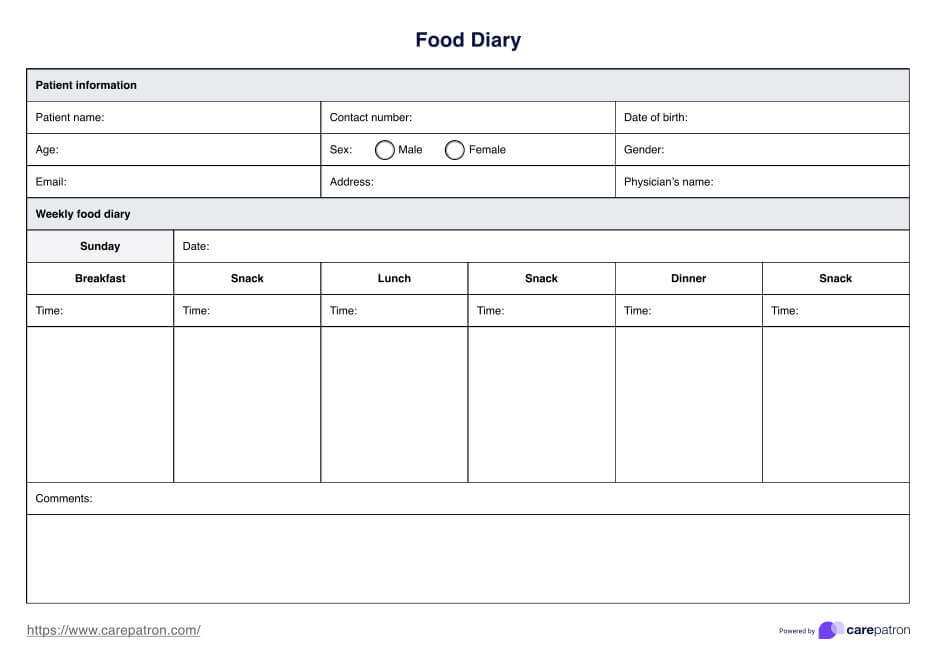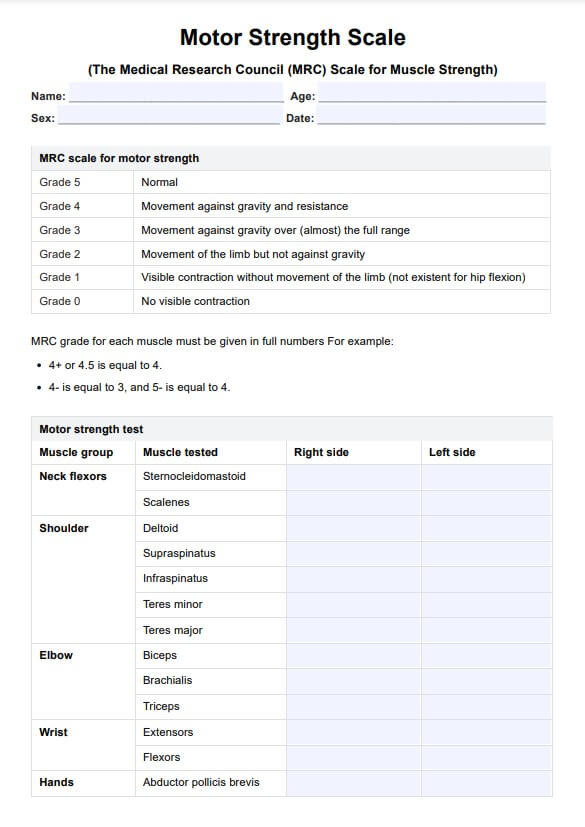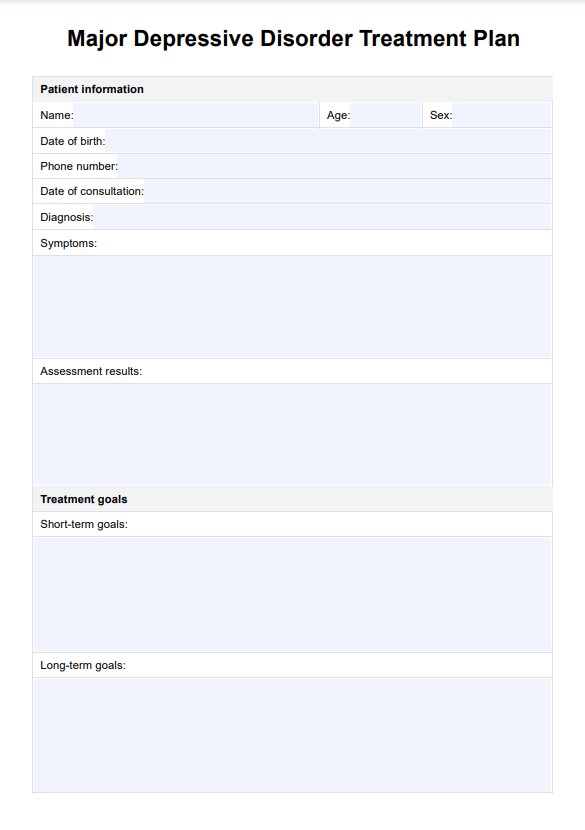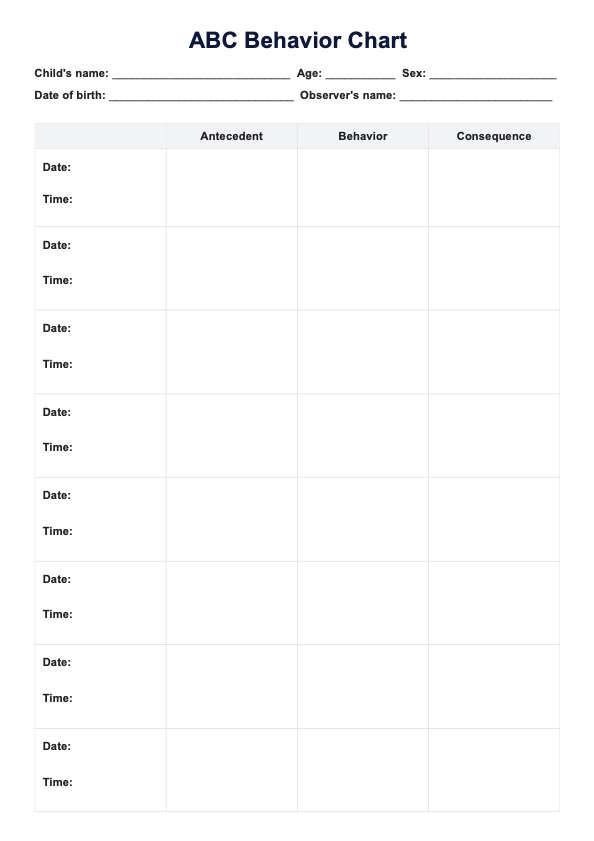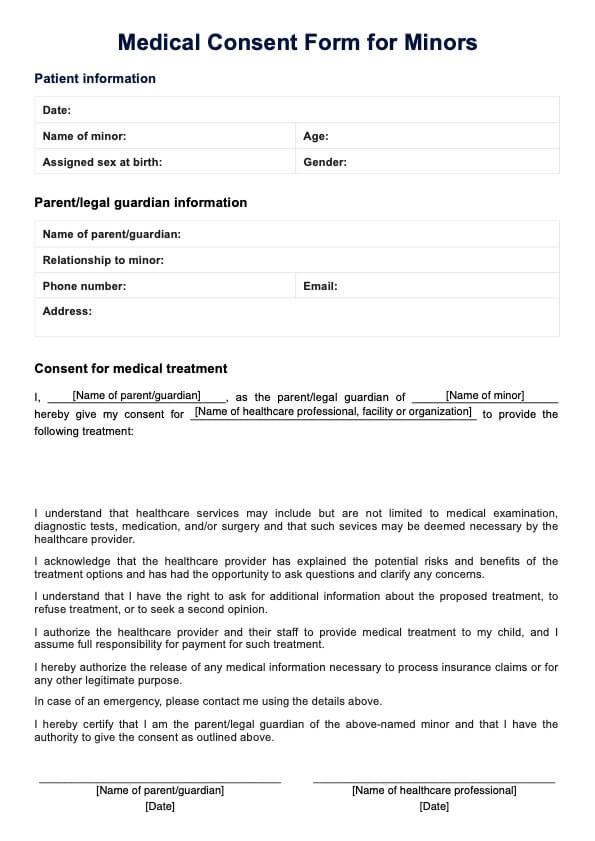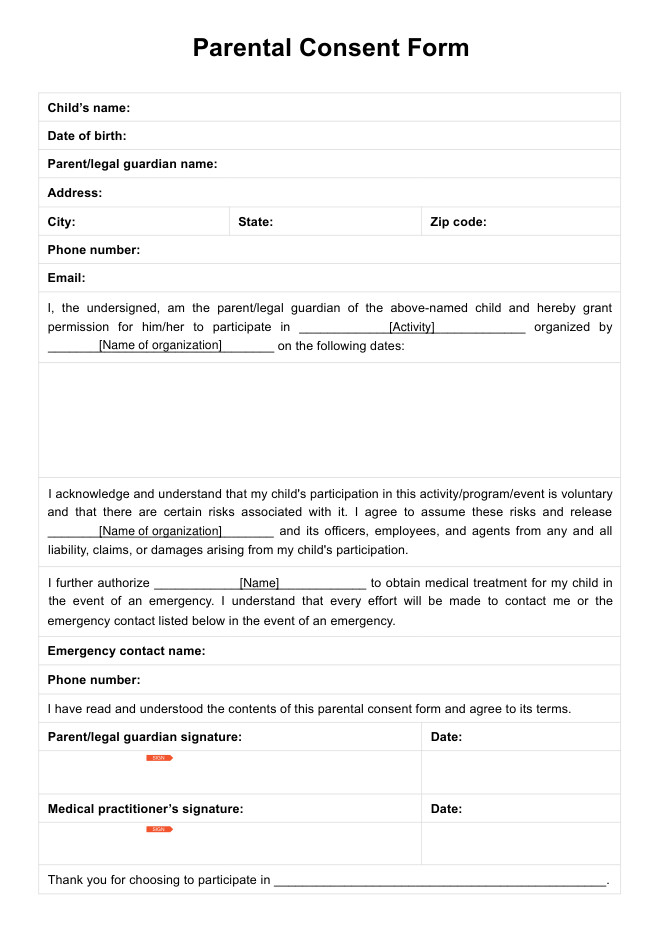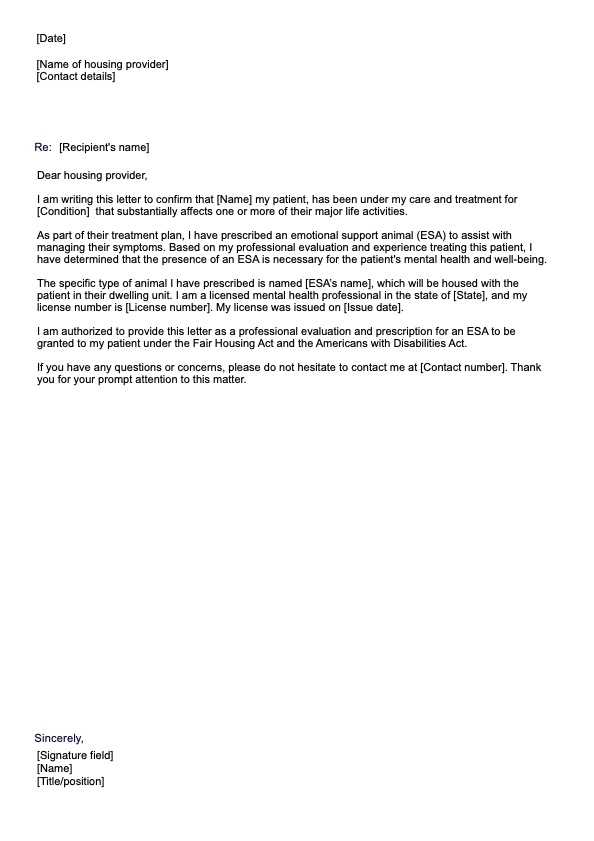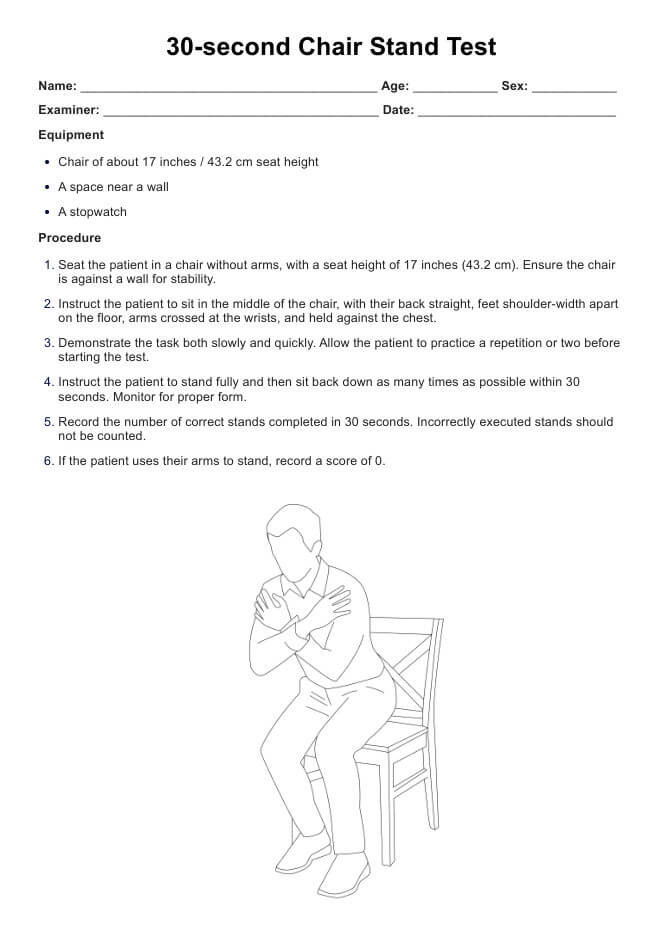Classical Conditioning Techniques
Discover effective Classical Conditioning Techniques for behavioral therapy with our comprehensive template!


What is classical conditioning?
Classical conditioning, often referred to as Pavlovian conditioning, is a fundamental learning process in which a neutral stimulus (NS) is paired with an unconditioned stimulus (US) to elicit a conditioned response (CR). This technique was famously demonstrated in Pavlov's experiment, where he found that dogs could learn to associate the sound of a bell (the previously neutral stimulus) with the presentation of food (the unconditioned stimulus) (McLeod, 2022).
As a result, the dogs would salivate (the unconditioned response) in response to the bell alone after repeated pairings, illustrating how a neutral stimulus can become a conditioned stimulus (CS) that triggers the same response as the unconditioned stimulus. This example of the classical conditioning process highlights the principles of classical conditioning, which are essential for understanding various aspects of human behavior and emotional responses.
Classical conditioning involves several key components: the unconditioned stimulus (US), which naturally elicits an automatic response; the unconditioned response (UR), which is the innate reaction to the US; and the conditioned stimulus (CS), which is derived from the neutral stimulus after it has been paired with the US. Over time, through repeated associations, the previously neutral stimulus can evoke a conditioned response similar to the original unconditioned response.
This learning mechanism is crucial in behavioral therapy, where it can be used to modify maladaptive behaviors and emotional responses (Domjan, 2015).
Classical Conditioning Techniques Template
Classical Conditioning Techniques Example
How to use our Classical Conditioning Techniques PDF
Using the Classical Conditioning Techniques template is a useful reference tool that can be used in educational or clinical settings. Follow these steps to get started:
Step 1: Access the template
Download the handout from Carepatron’s resource library. Click "Use template" to access an editable version in the Carepatron app or choose "Download" for a PDF copy.
Step 2: Assessment and selection
It is important to carefully evaluate the conditioning approach that best aligns with the desired outcome. This involves understanding the distinct features of each conditioning type, from basic delay conditioning to more complex forms like systematic desensitization. Consider factors such as the target behavior, environmental constraints, and available resources.
Step 3: Develop a protocol
Once a conditioning approach is selected, developing a structured protocol becomes essential. This covers determining precise timing parameters and establishing clear measurement criteria. Based on this, you can also create detailed session plans.
Step 4: Implement the technique
The execution phase requires meticulous attention to maintaining procedural consistency while monitoring response patterns. In this phase, the practitioner can systematically present stimuli according to the established protocol, document responses, and ongoing assessment of progress.
Classical Conditioning Techniques
Classical Conditioning Techniques are essential tools in behavioral therapy, allowing healthcare professionals to modify behaviors and emotional responses through learned associations. Here are various classical conditioning examples:
1. Delay conditioning
Delay conditioning is one of the most effective classical conditioning therapies. In this therapy, a neutral stimulus (NS) is presented shortly before an unconditioned stimulus (US) and remains until the US is introduced.
2. Trace conditioning
In trace conditioning, the neutral stimulus is presented and removed before the unconditioned stimulus is introduced. This technique relies on the subject's memory of the NS to create an association with the US.
3. Simultaneous conditioning
Simultaneous conditioning involves presenting both the neutral stimulus and unconditioned stimulus at the same time. While this technique can lead to some association level, it is generally less effective because the subject may not differentiate between the two stimuli.
4. Backward conditioning
Backward conditioning occurs when the unconditioned stimulus is presented before the neutral stimulus. This technique is often criticized for being less effective because it can confuse learning.
5. Conditioned taste aversion
Conditioned taste aversion is a specific application of classical conditioning where an individual develops an aversion to a particular taste after it has been associated with illness or discomfort.
6. Systematic desensitization
Systematic desensitization is a behavioral therapy technique that uses classical conditioning principles to help individuals overcome phobias and anxiety disorders. It involves gradually exposing patients to feared stimuli while teaching them relaxation techniques to counteract their fear response. By repeatedly pairing relaxation (a positive reaction) with exposure to the previously feared stimulus, patients can learn to manage their anxiety and reduce their negative behaviors over time.
Challenges and limitations of classical conditioning
While Classical Conditioning Techniques have proven effective in modifying behaviors, they also face several challenges and limitations that healthcare professionals should consider when applying these methods.
- Stimulus generalization: This occurs when a conditioned response is triggered by stimuli similar to the conditioned stimulus. For example, a person conditioned to respond to the sound of a bell may also react to similar sounds, which can complicate treatment by introducing unwanted responses to neutral stimuli.
- Spontaneous recovery: After a conditioned response has been extinguished, it can re-emerge after a rest period. This phenomenon can pose challenges in behavioral therapy, as previously conditioned responses may resurface unexpectedly, leading to setbacks in treatment progress.
- Limitations in human behavior: Classical conditioning primarily addresses involuntary responses and may not effectively modify voluntary behaviors. For example, while it can help reduce fear responses through systematic desensitization, it may not change conscious choices or decisions related to negative behaviors.
- Criticisms of classical conditioning: Critics argue that classical conditioning oversimplifies complex human behavior by focusing too heavily on learned associations while neglecting the role of cognitive processes and free will. This limitation suggests that while conditioning can trigger automatic responses, it may not fully account for the intricacies of human decision-making and emotional regulation.
These challenges highlight the need for healthcare professionals to integrate Classical Conditioning Techniques with other therapeutic approaches, such as operant conditioning and cognitive-behavioral therapy, to achieve comprehensive treatment outcomes.
References
Domjan, M. (2015). The principles of learning and behavior (7th ed.). Cengage Learning.
McLeod, S. (2022, November 3). Pavlov’s dogs experiment and Pavlovian conditioning response. Simply Psychology. www.simplypsychology.org/pavlov.html.
Commonly asked questions
Examples include using the smell of food to trigger salivation, or aversion therapy, which pairs an unpleasant stimulus with a behavior to reduce it.
The five principles— acquisition, extinction, spontaneous recovery, generalization, and discrimination— explain how learned responses develop and change.
Classical conditioning theory shows that a neutral stimulus can trigger a reflex response after being paired with an unconditioned stimulus, modifying behavior through learned associations.


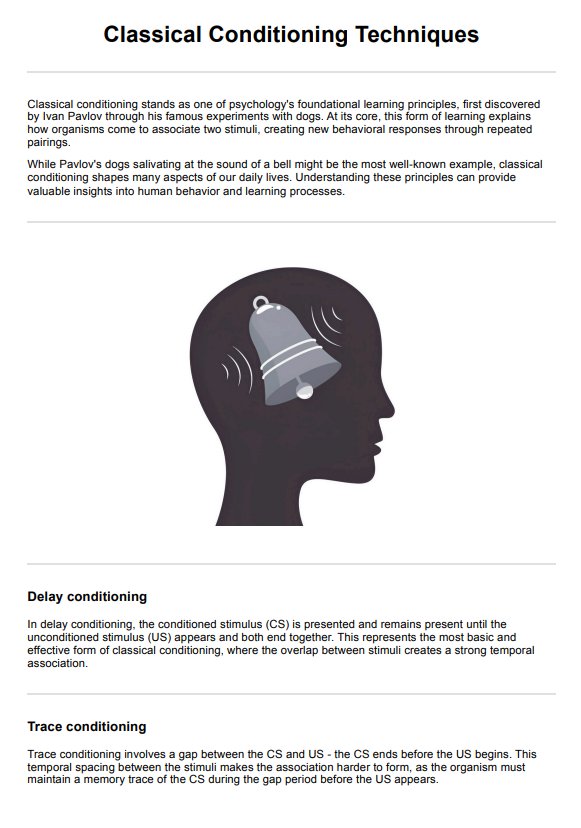
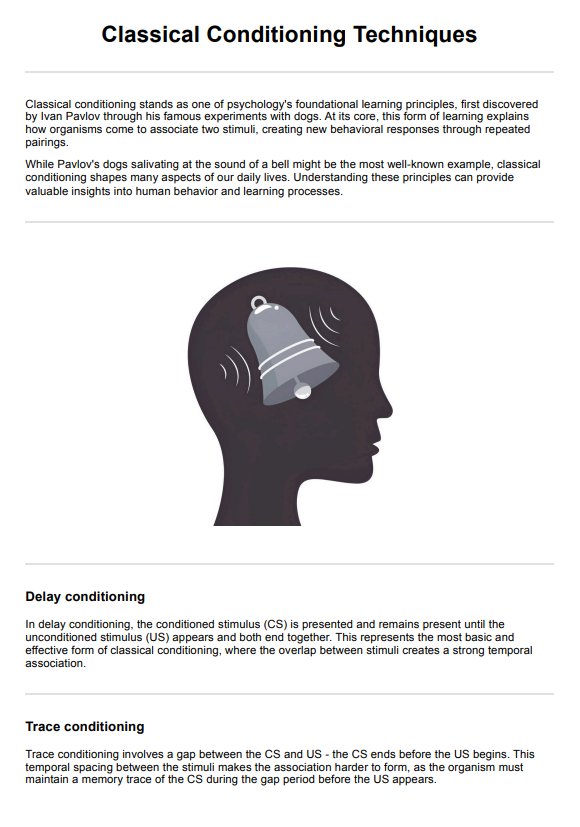

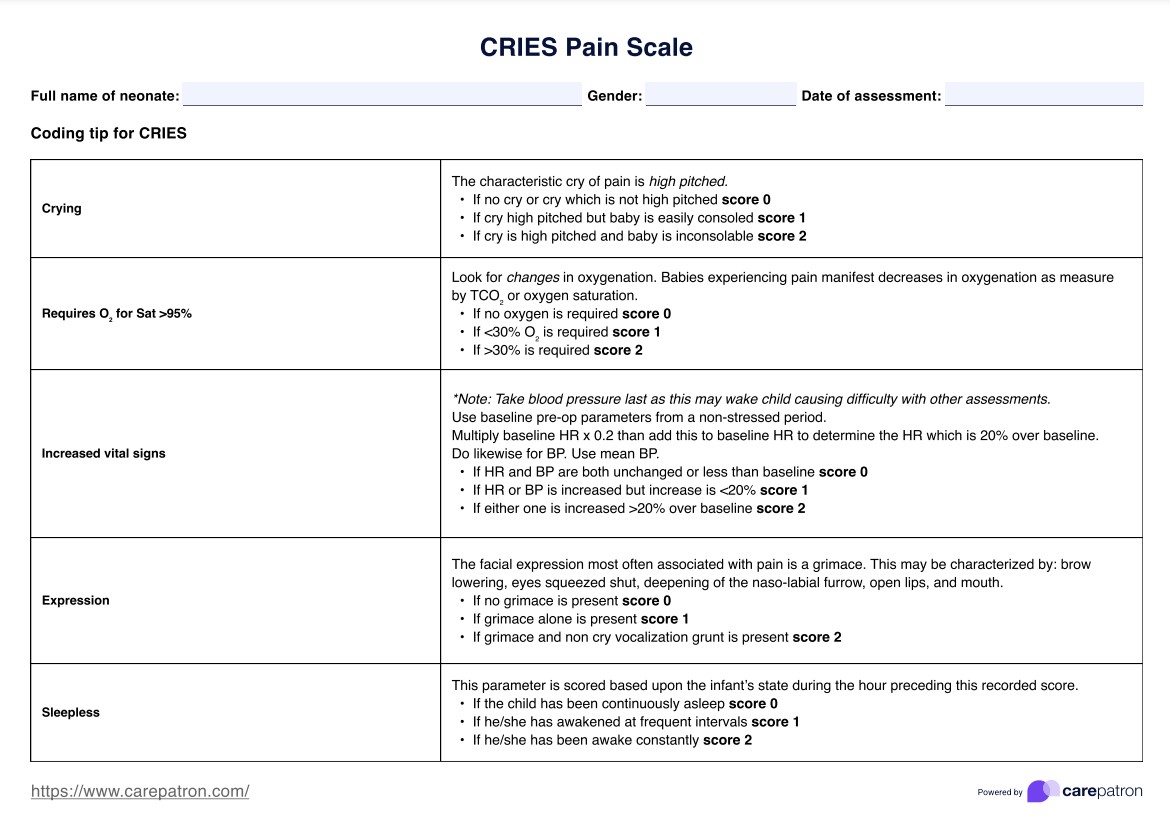
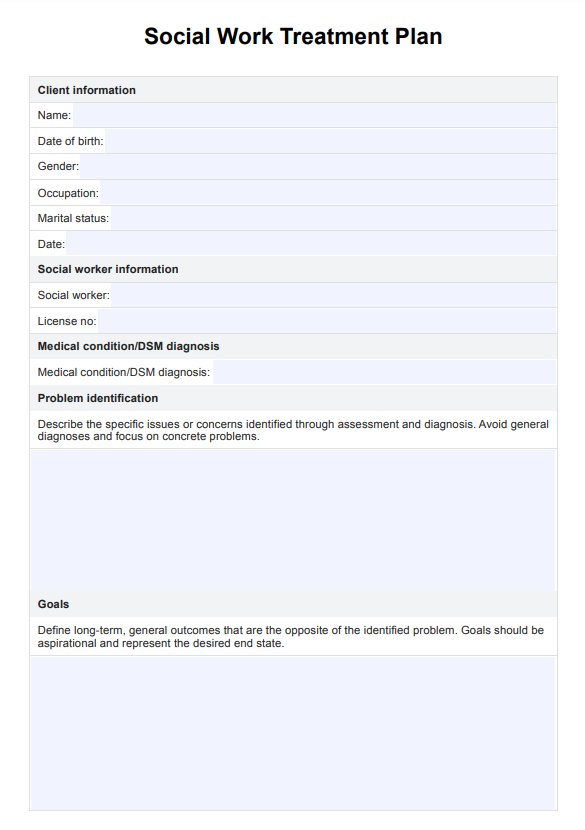
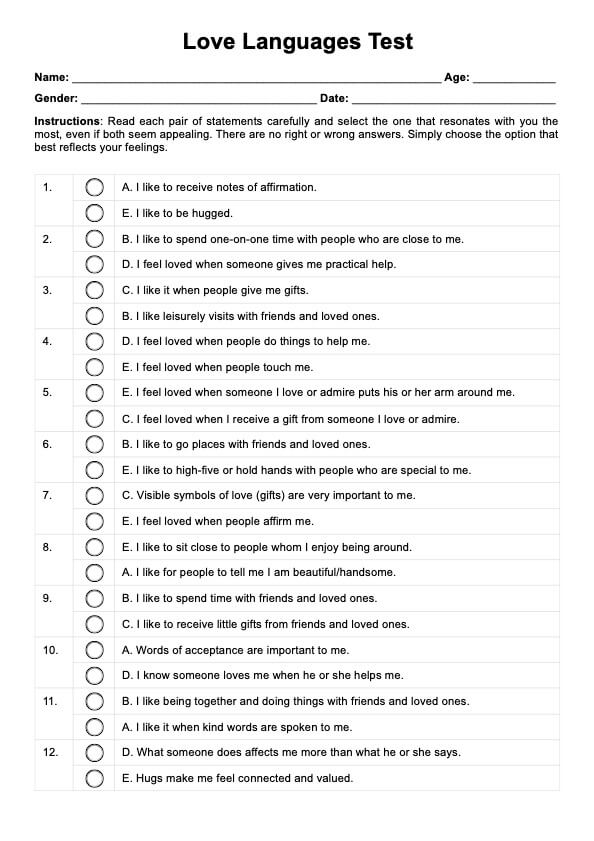
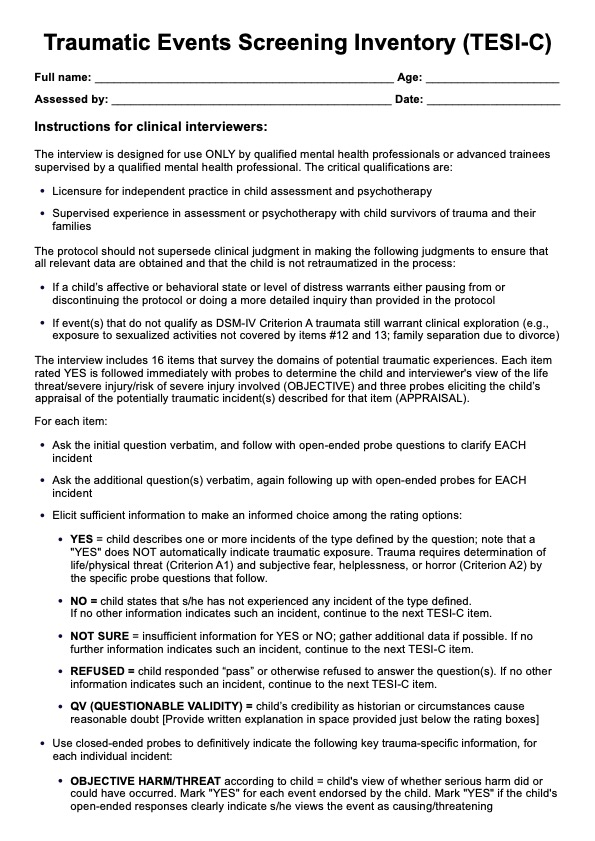
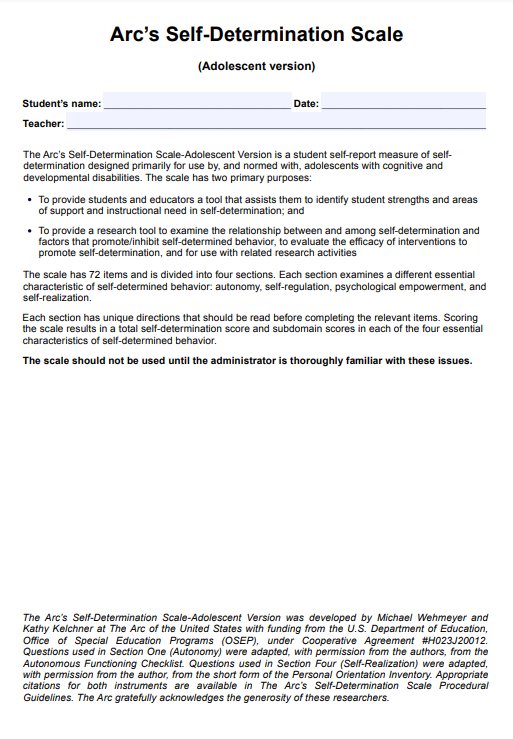
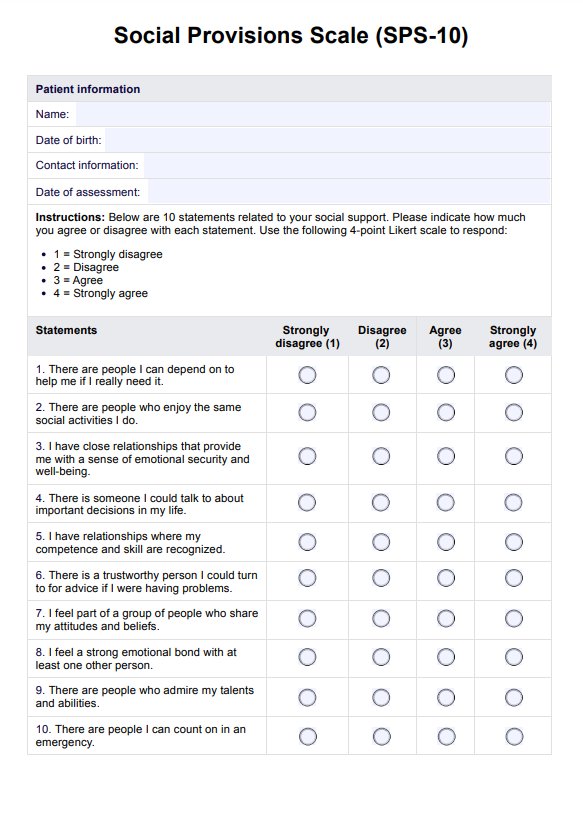

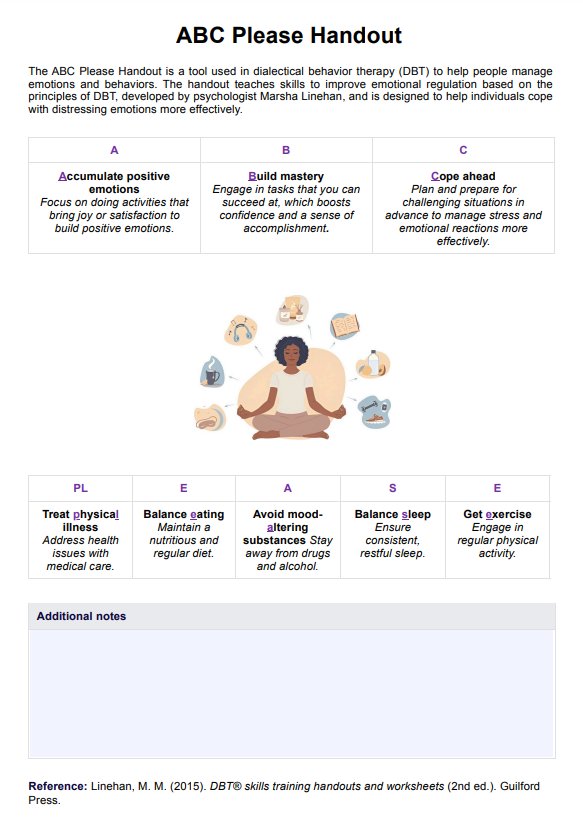
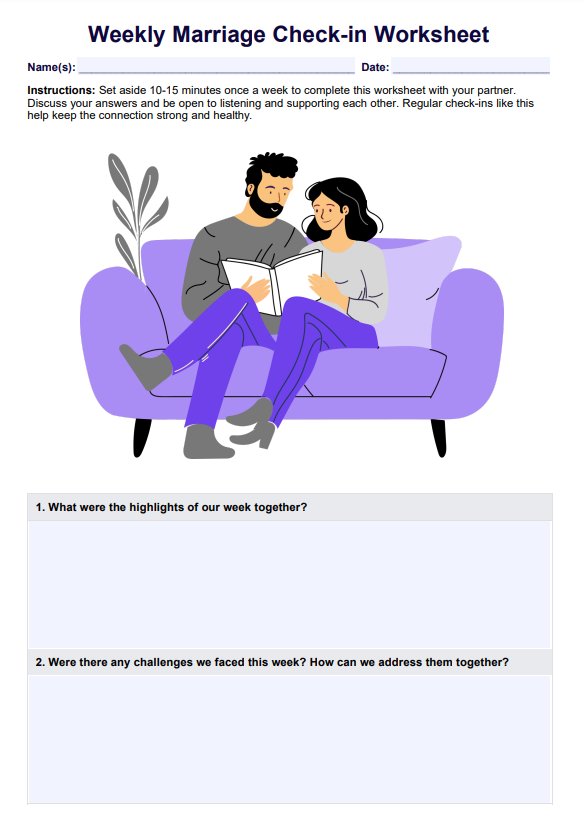
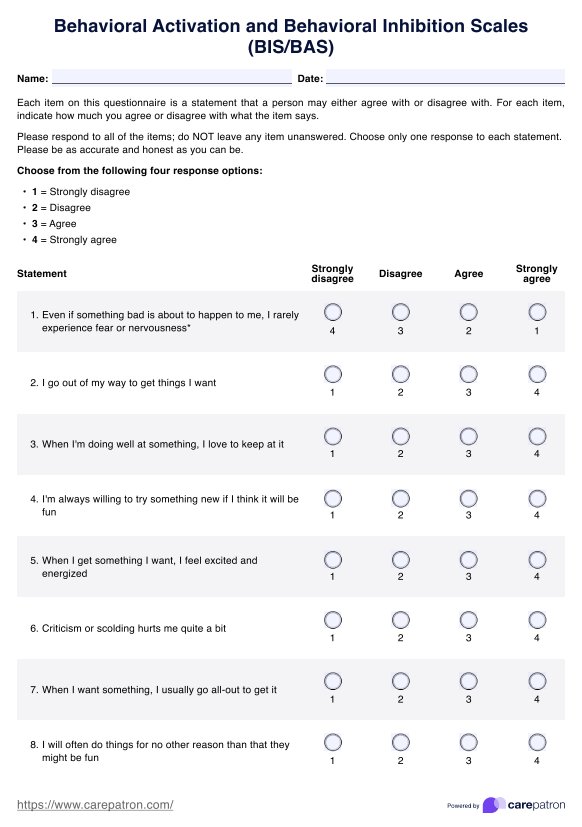
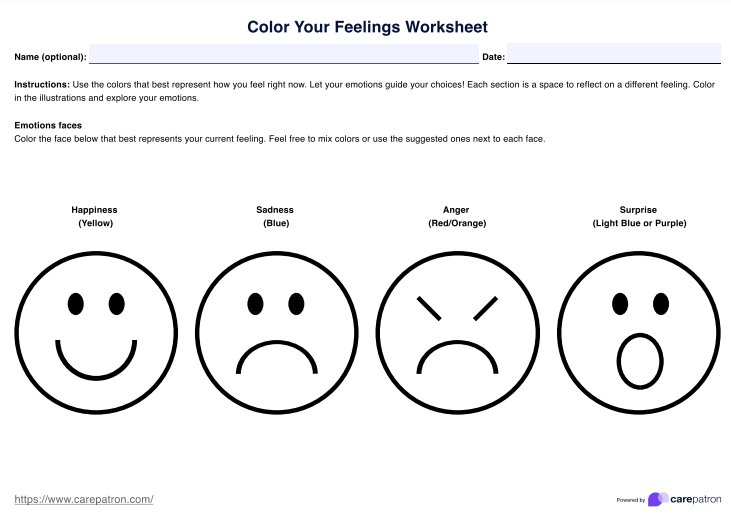
-template.jpg)
